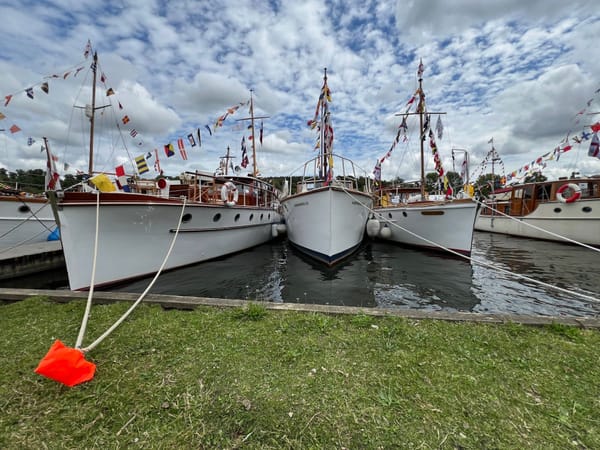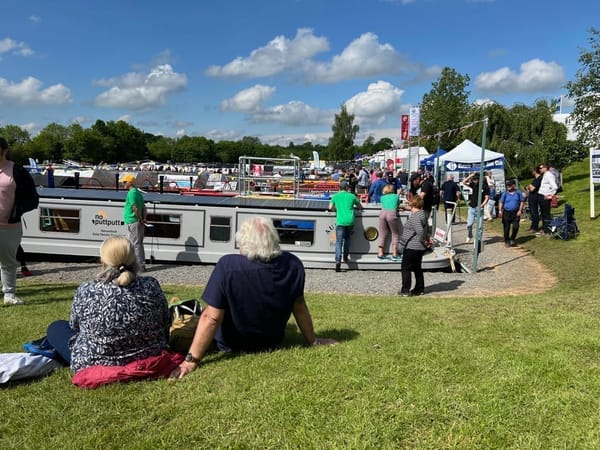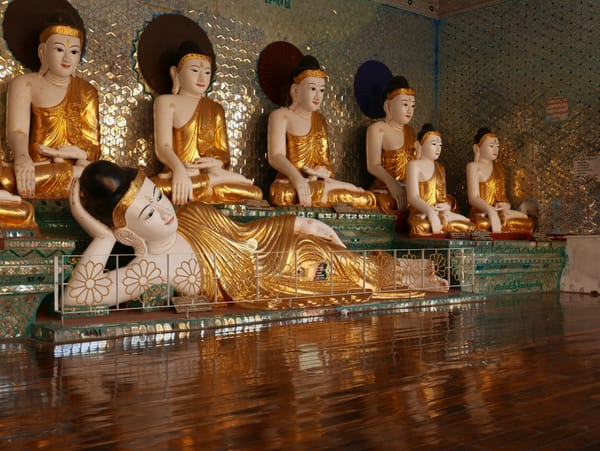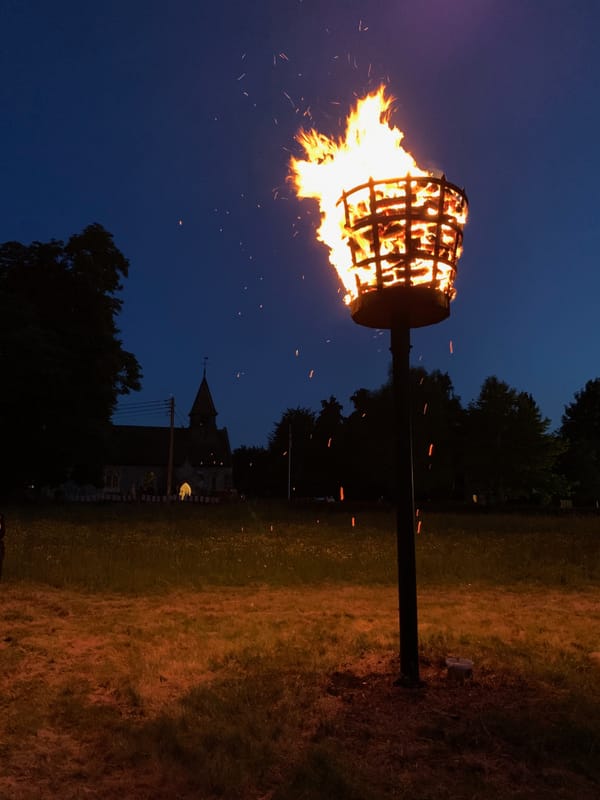Malaysia — Tanjung Piai National Park, Tanjung Piai, 82300 Kukup, Johor, Malaysia
The most southerly point in mainland Asia
May 2015
Tanjung Piai National Park is located in Tanjung Piai, 82300 Kukup, Johor, Malaysia, and is a mangrove swamp nature reserve.
The park also contains the most southerly point in mainland Asia. Don’t believe all the claims that the most southerly point is in Sentosa, Singapore. Singapore is an island — it is not part of mainland Asia.
I first visited the park in 2012, and the Mangrove swamp wowed me — I have been back many times since.
The park is not that big, but it contains a lot to see. Trees, butterflies, Mud Clams (also called Marsh Clams; Polymesoda expansa), Mudskippers (Periophthalmodon spp), crabs (numerous types of crab, including Fiddler Crabs and the Tree Climbing Crab, Episesarma spp)), lizards (Mangrove Skink, Emoia atrocostata), Monitor lizards (also called Malayan Water Monitor; Varanus salvator), cicadas, Berongan (a shellfish, Telescopium telescopium) and monkeys (Long-tailed Macaque (Macaca fascicularis), also called Crab-eating macaques, and Dusky Leaf Monkey (Trachypithecus obscurus)). I have also seen Horse Shoe crabs (Carcinoscorpius rotundicauda), but only dead ones.
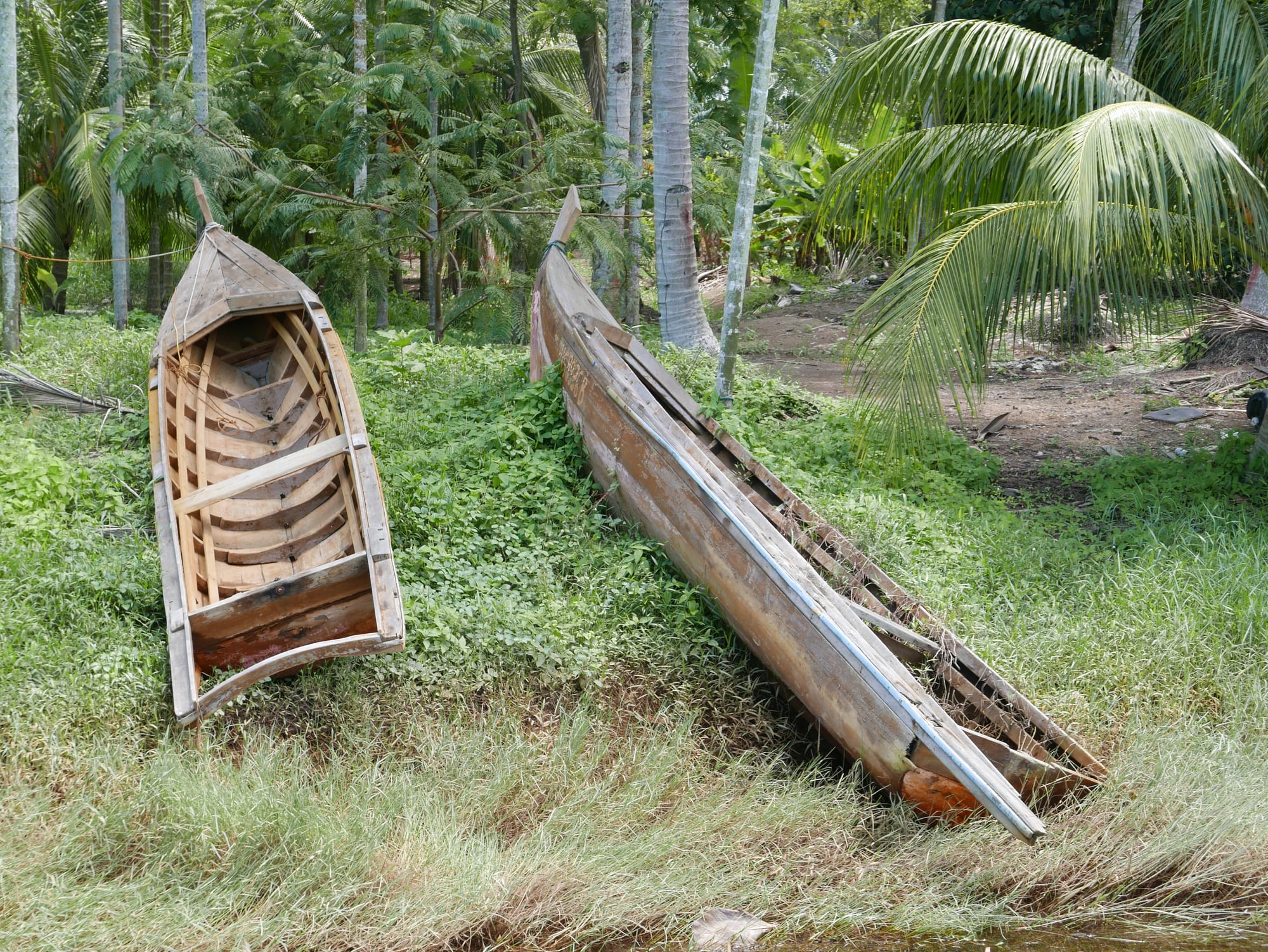
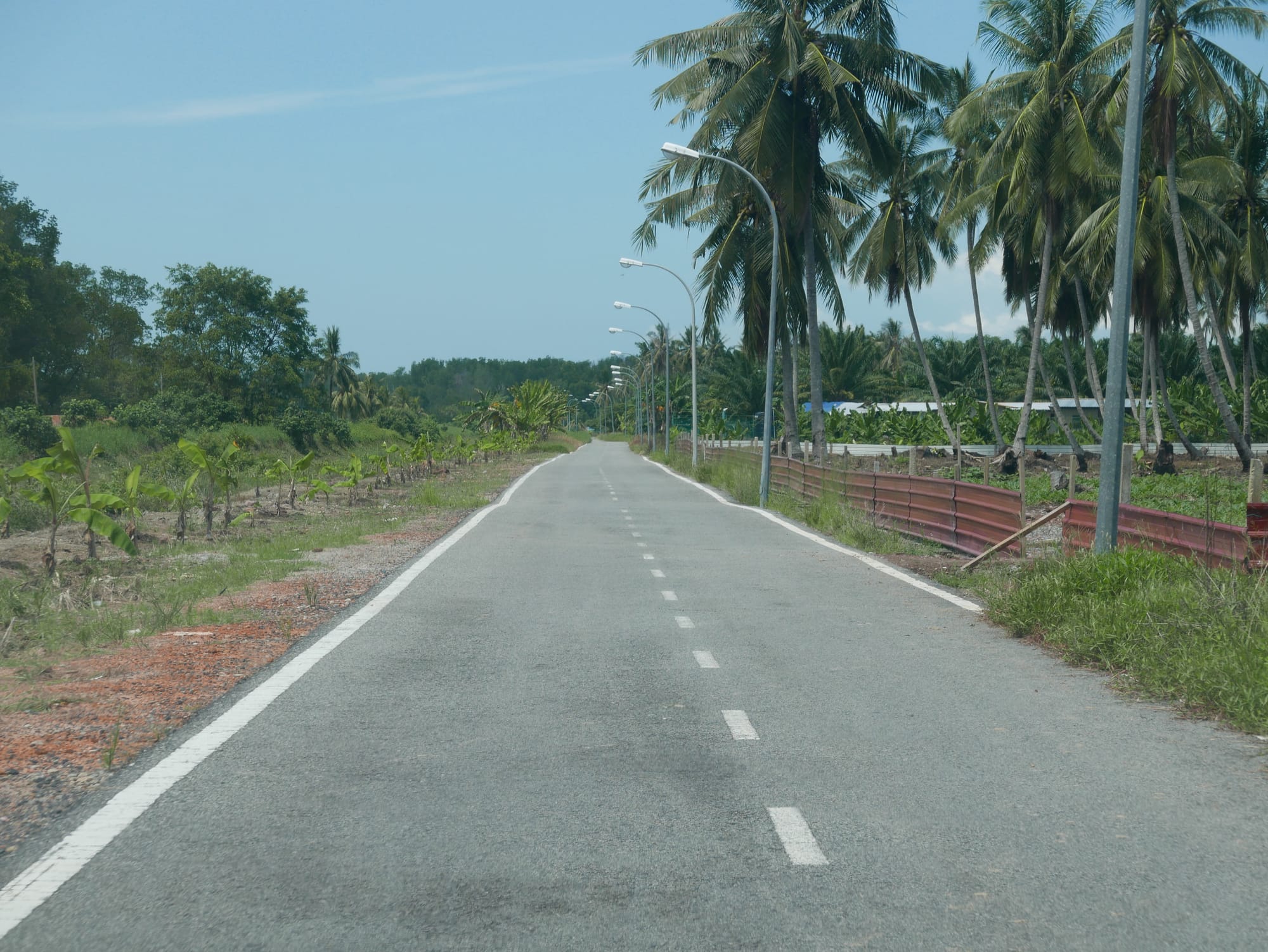
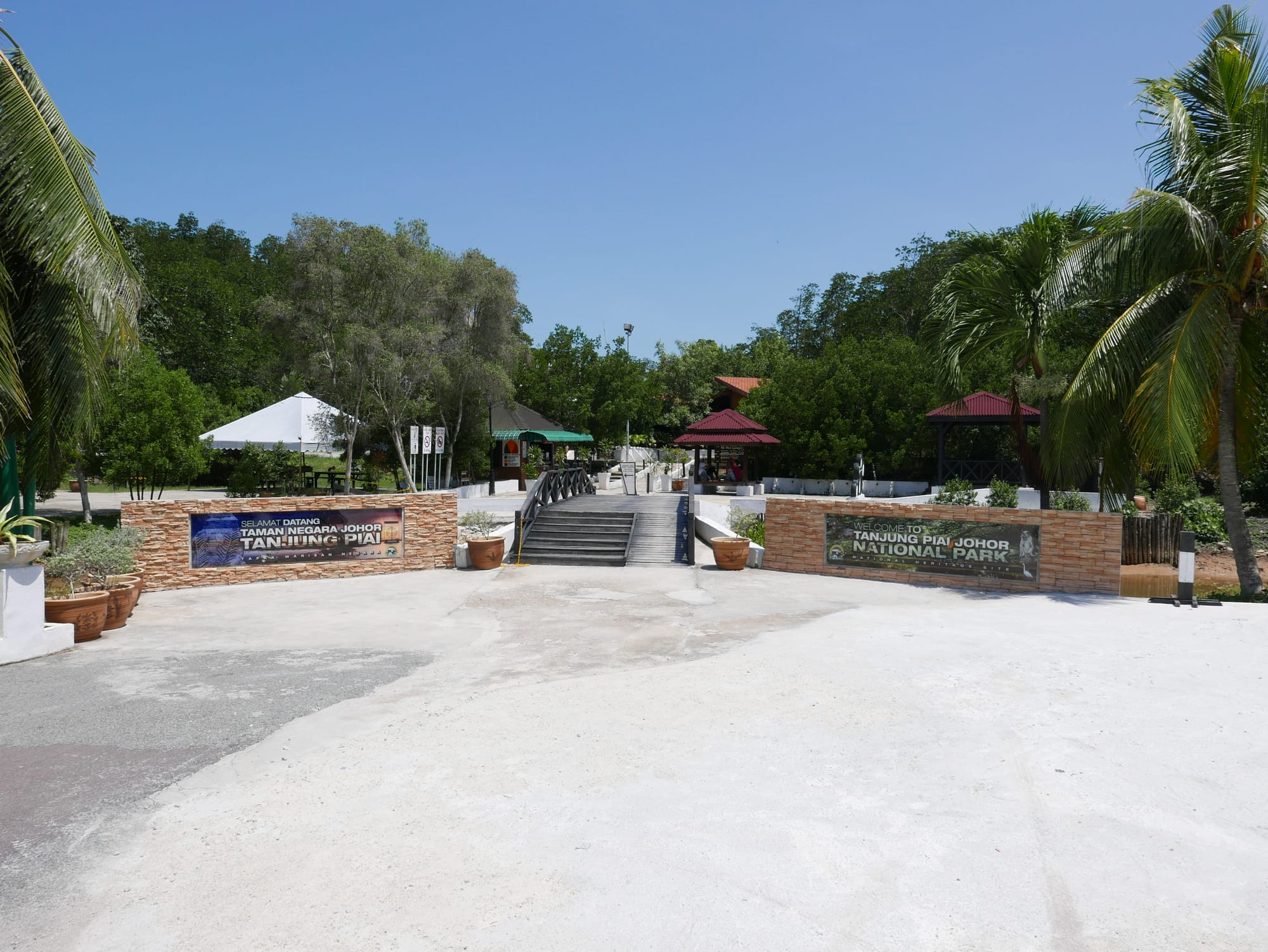
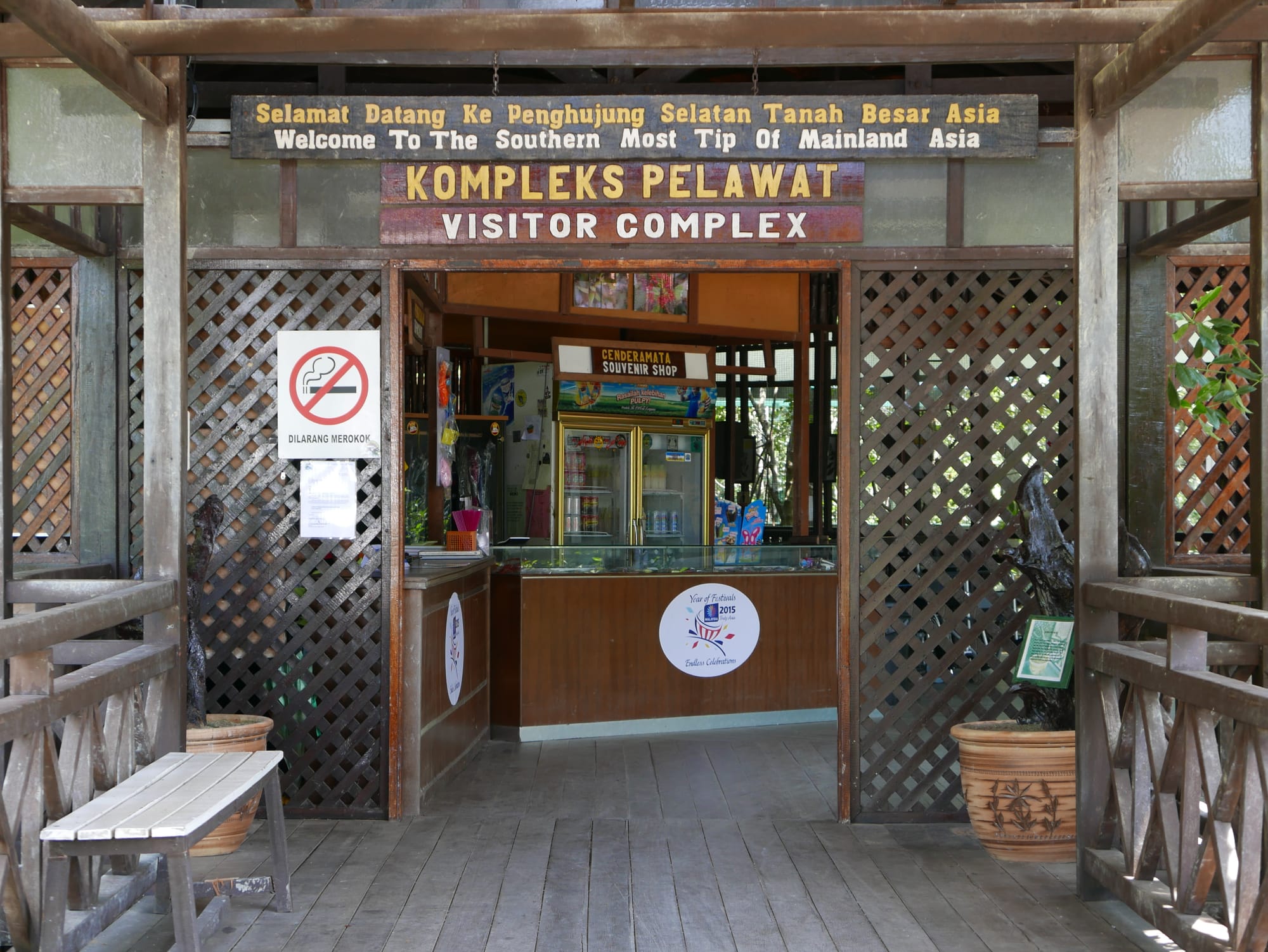
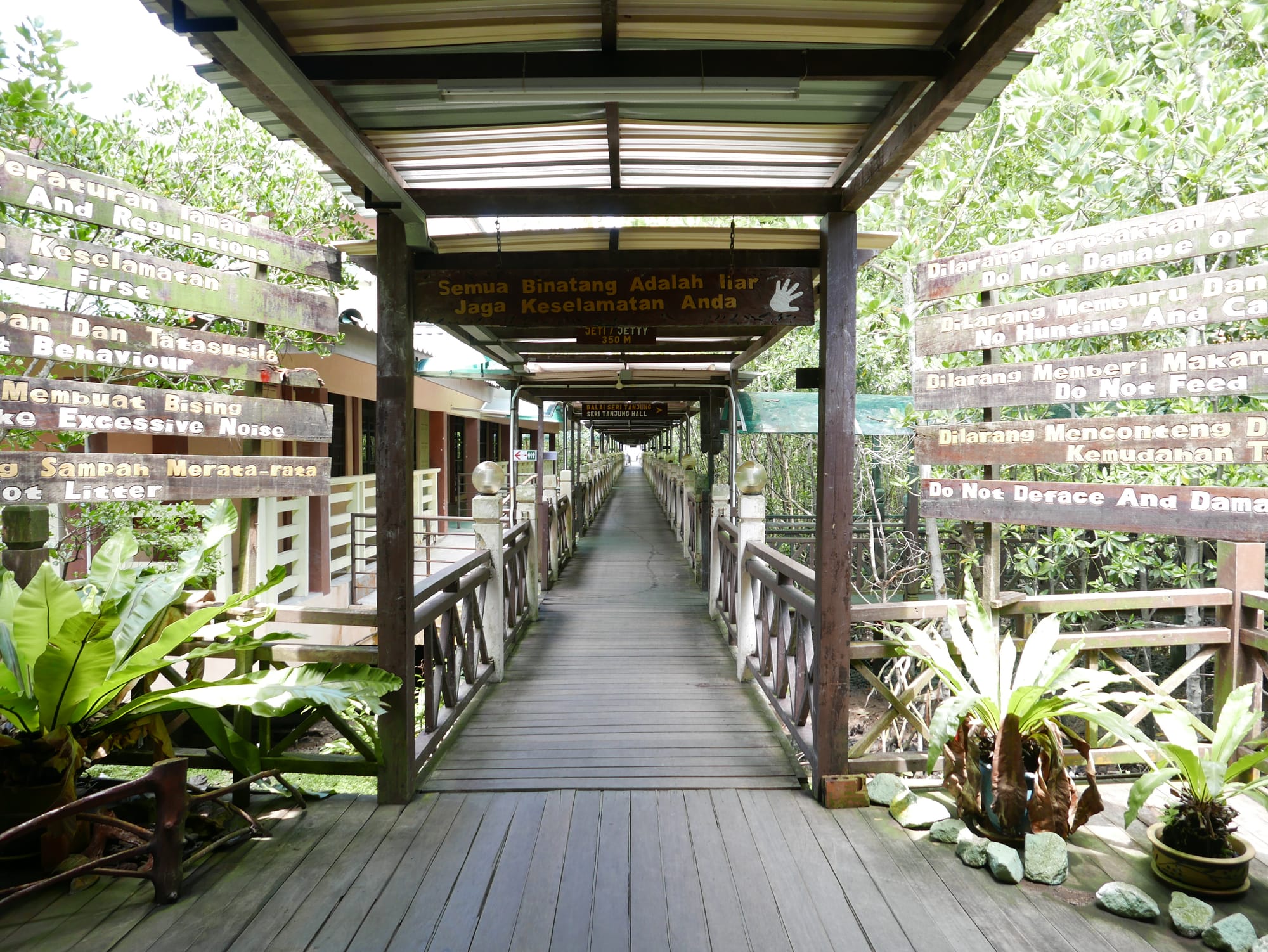
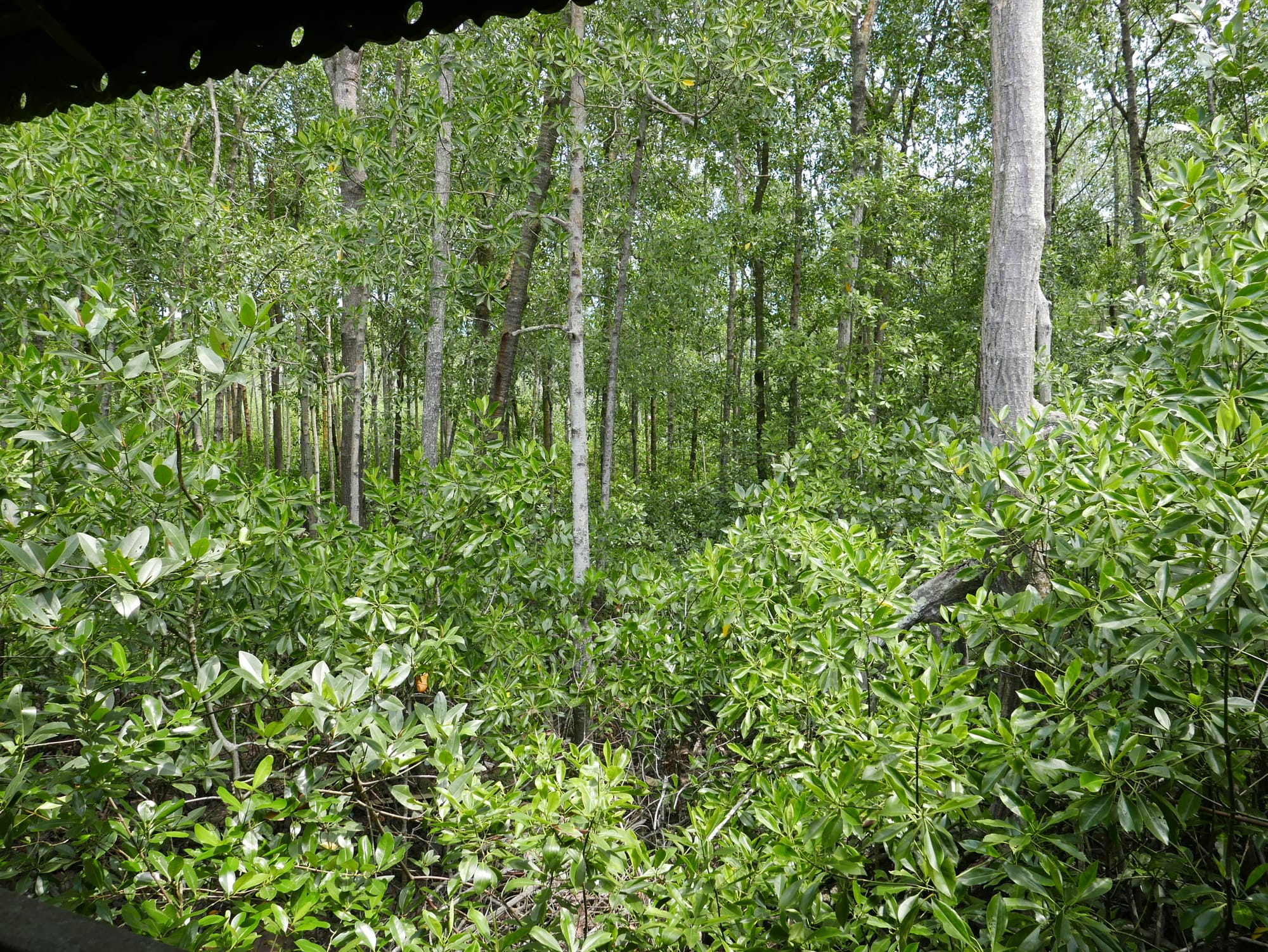
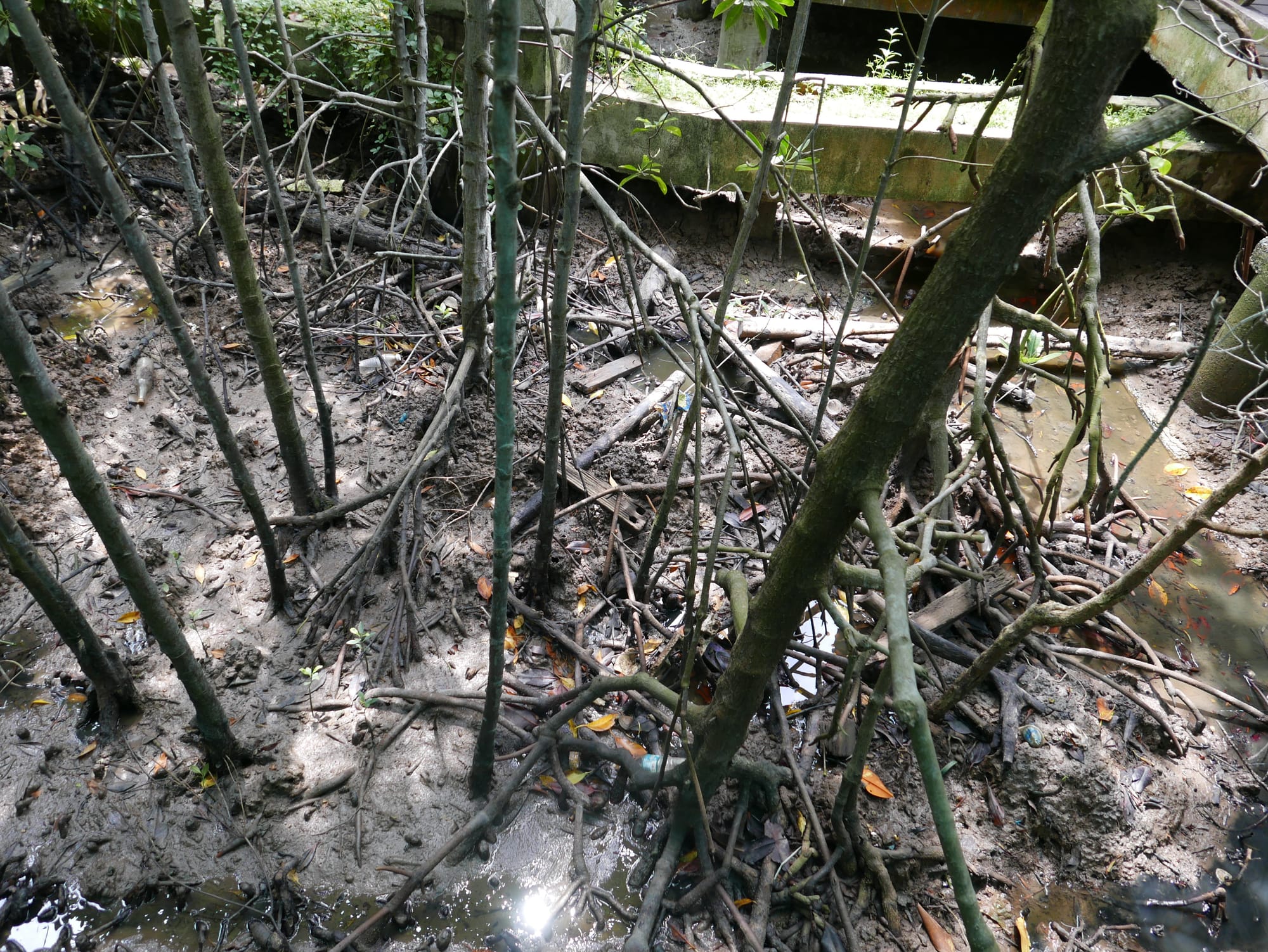
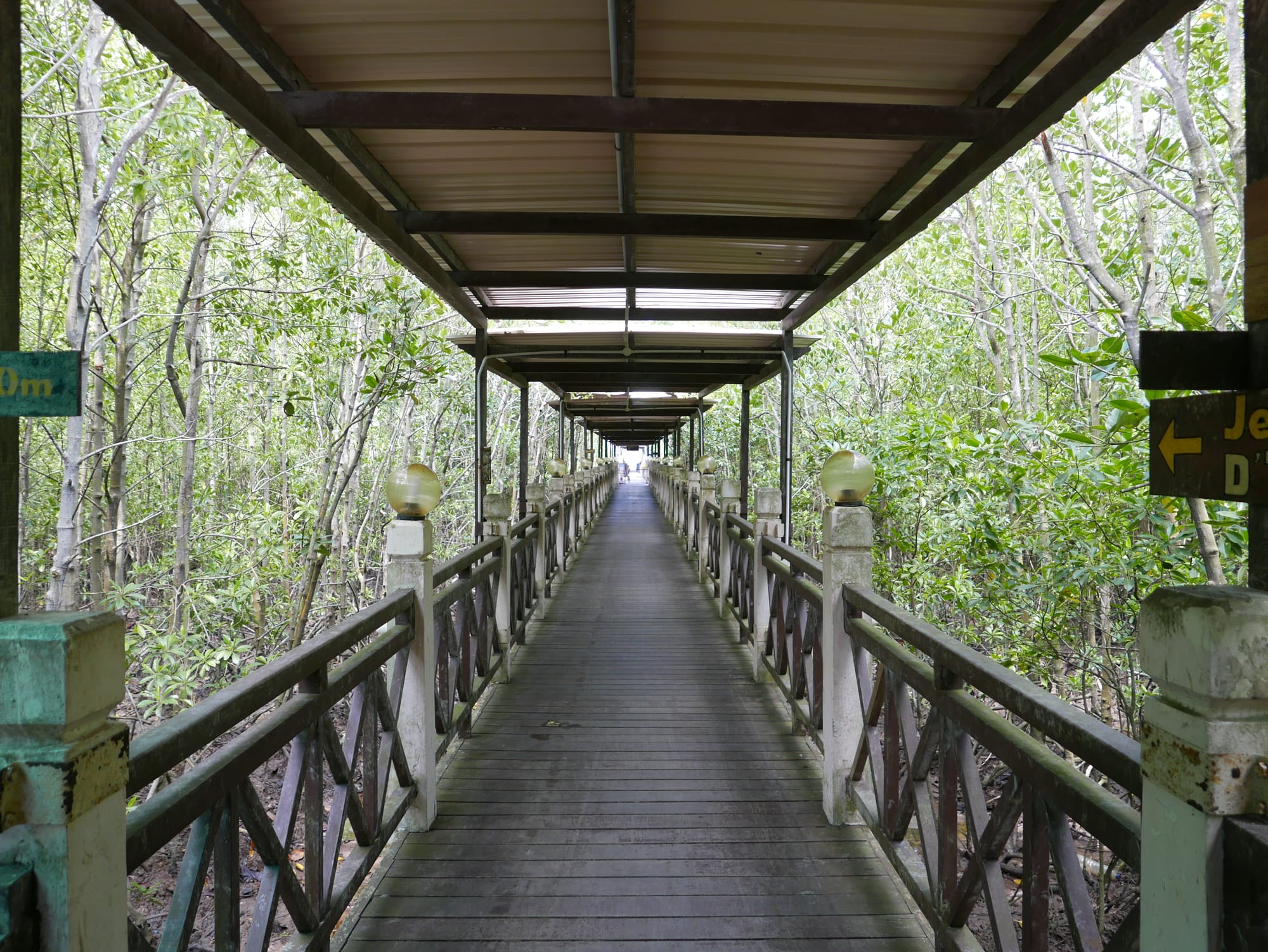
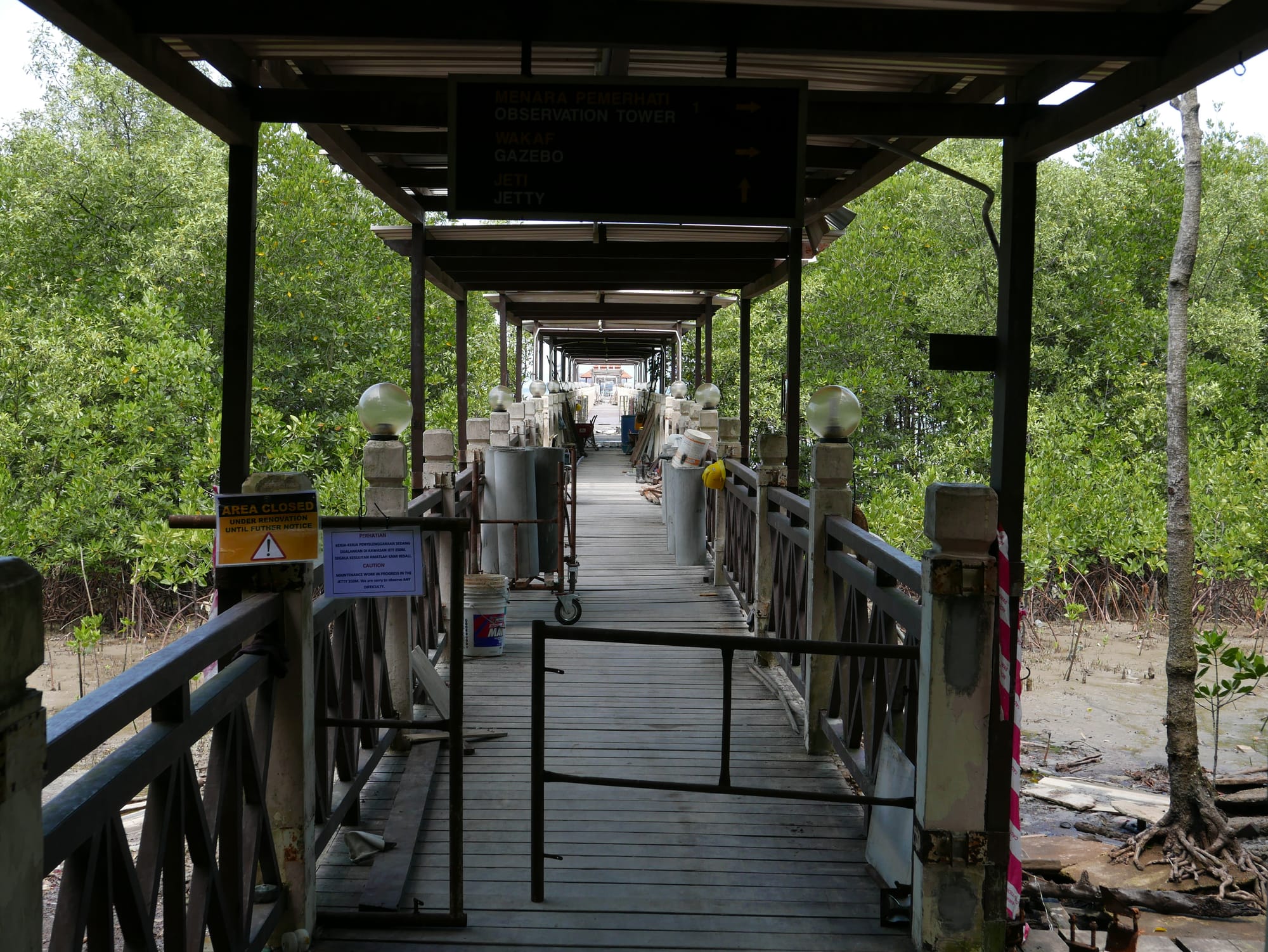
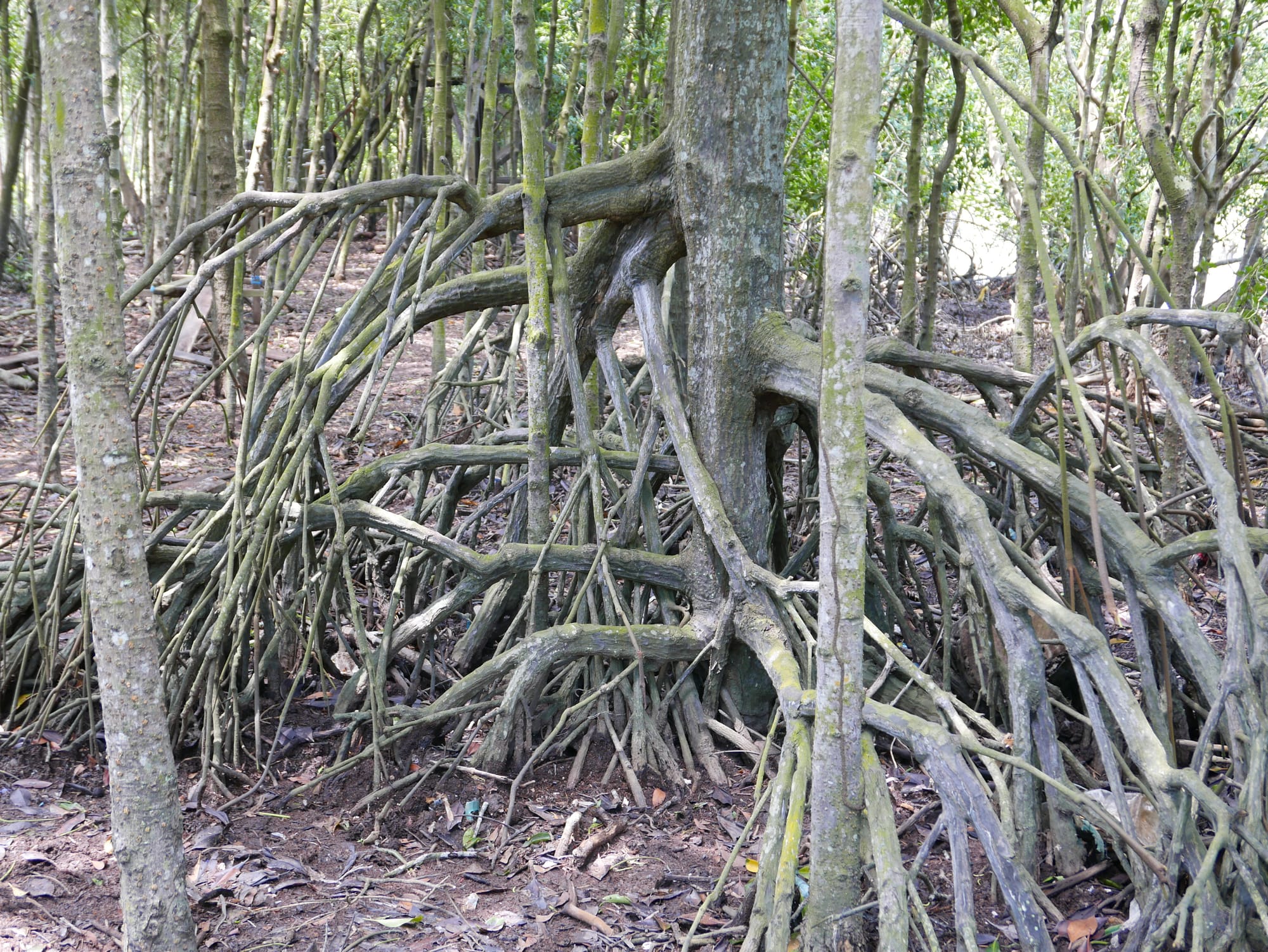
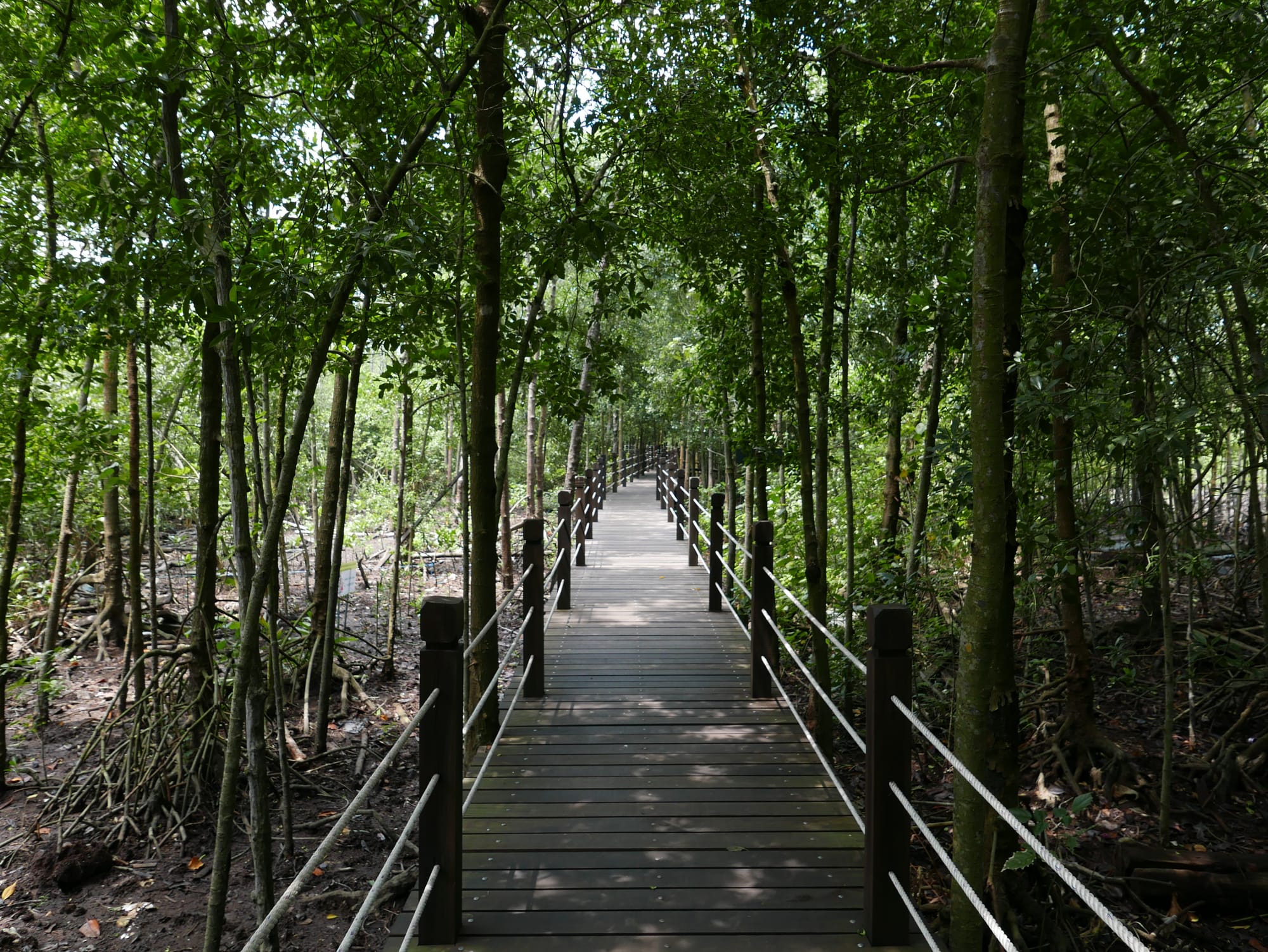
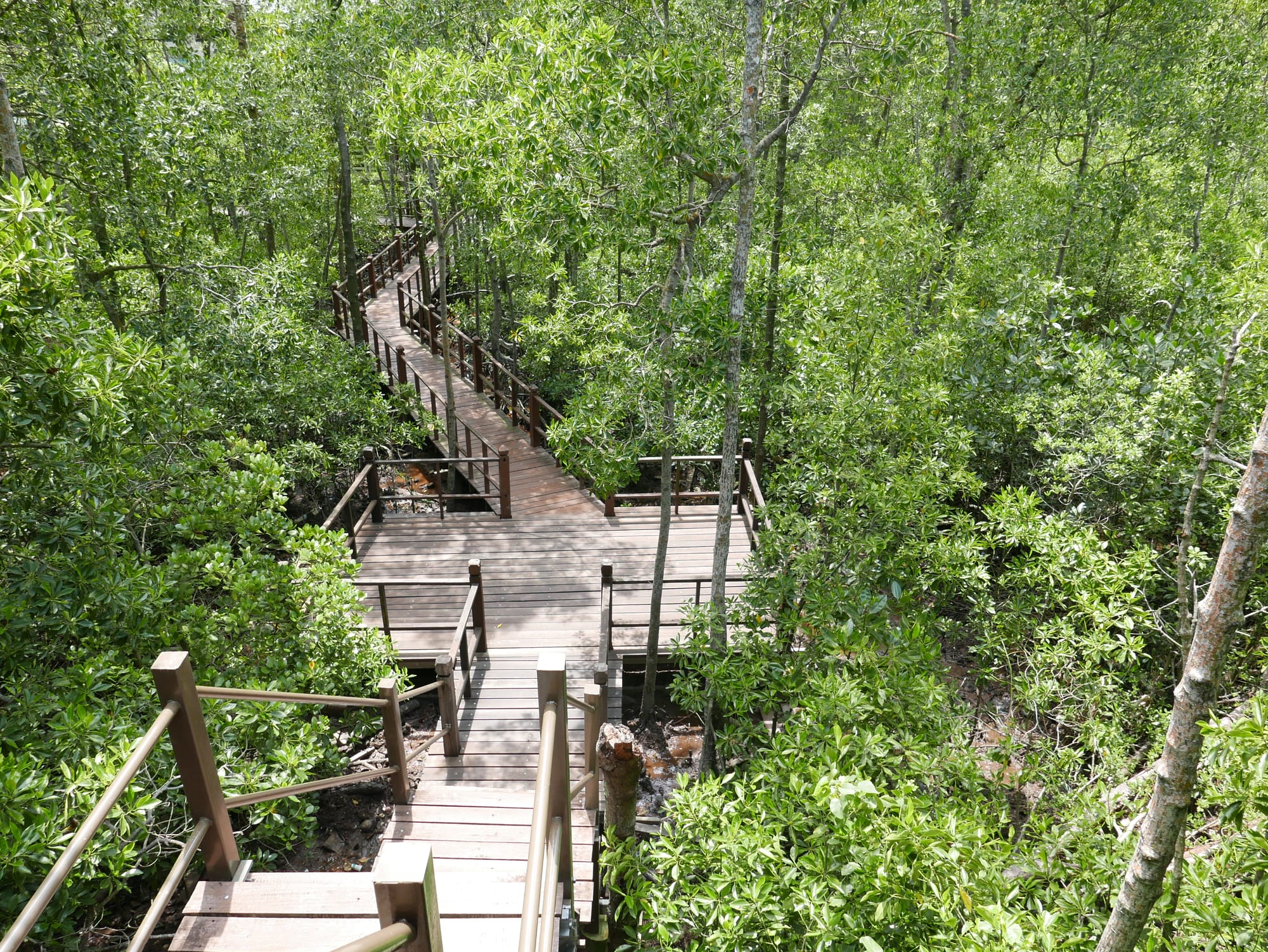
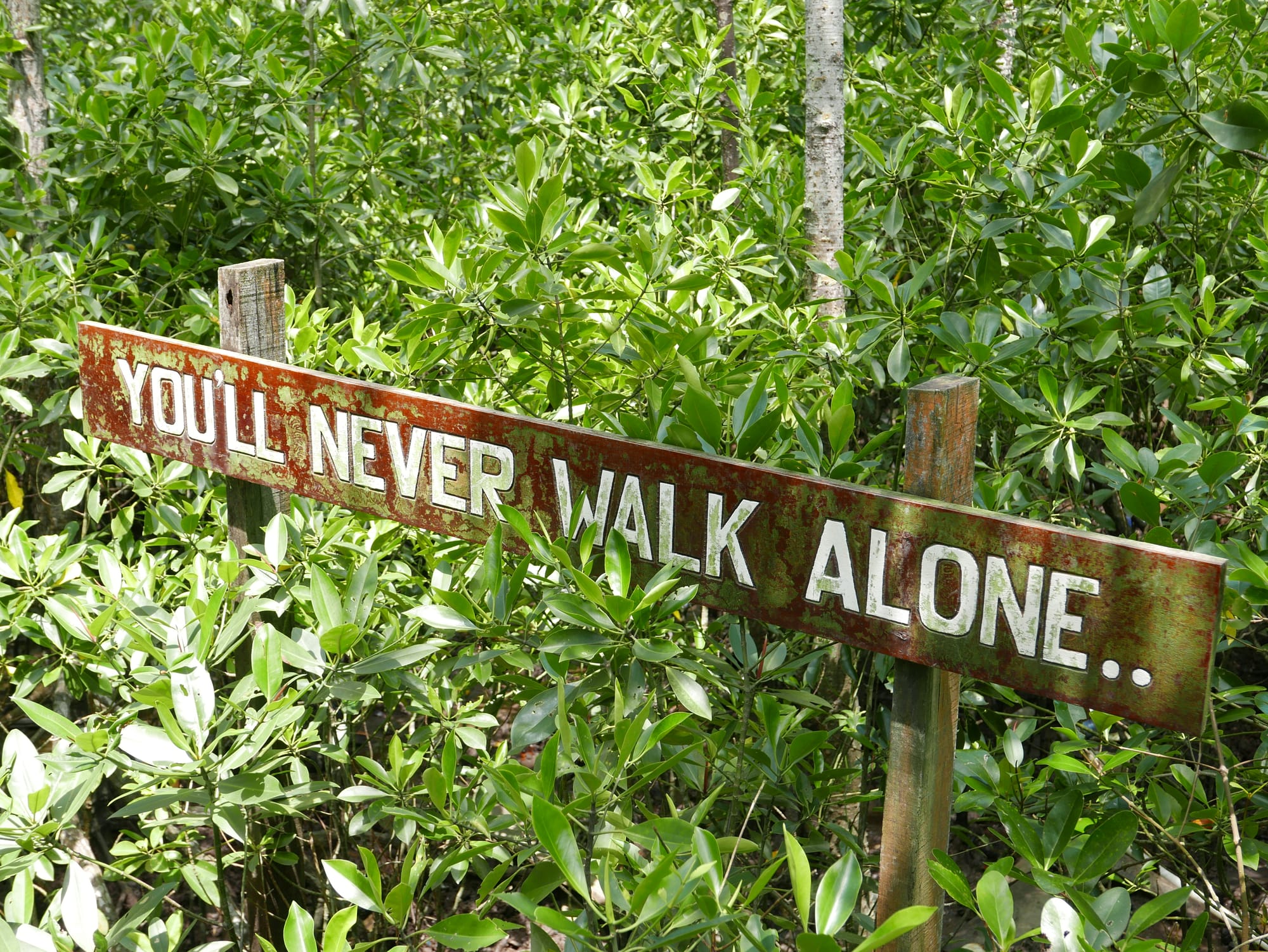
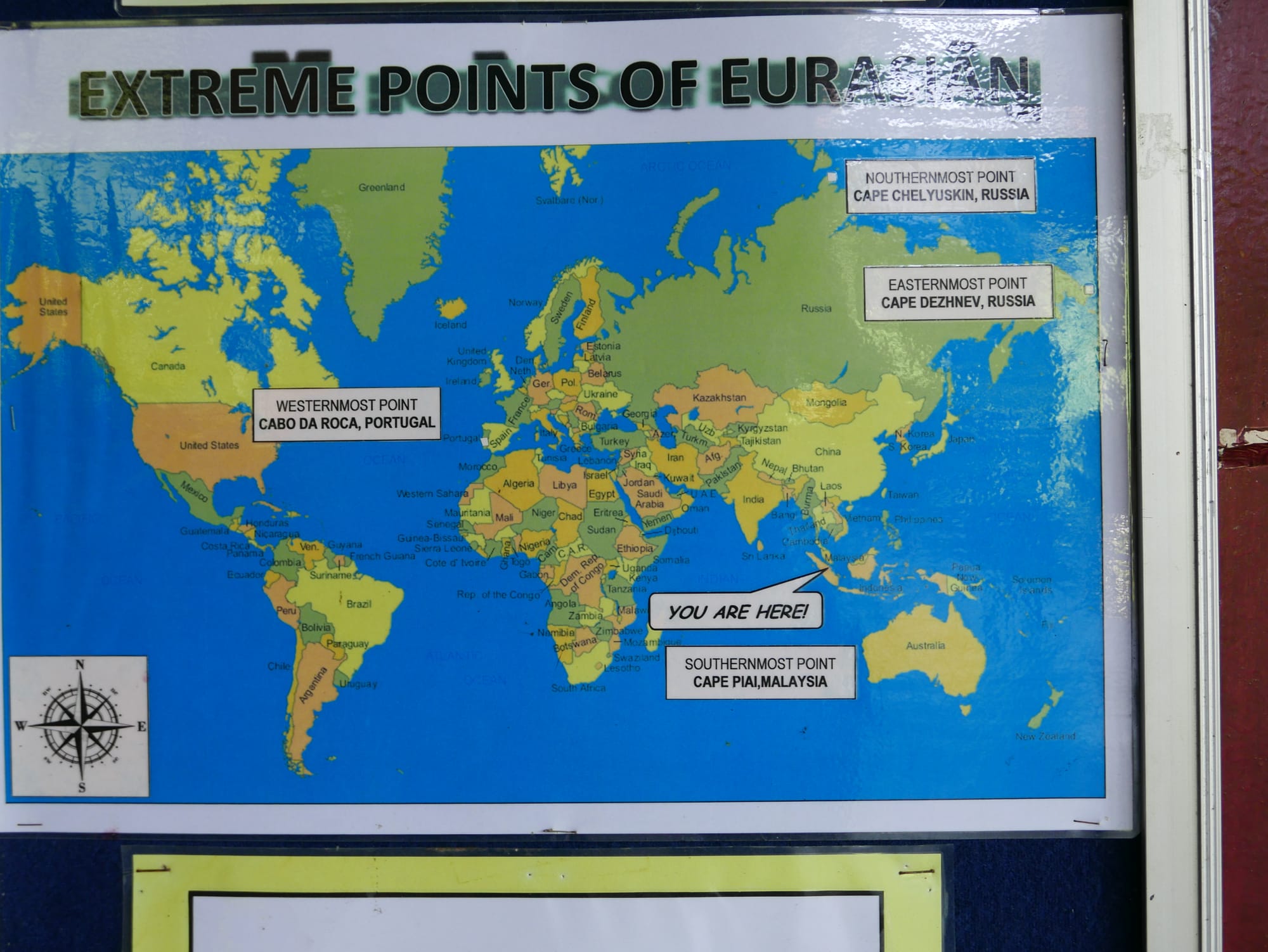
One thing visiting Tanjung Piai National Park proves is how much rubbish there is in the seas. The mangrove swamp catches a lot of rubbish in its roots.
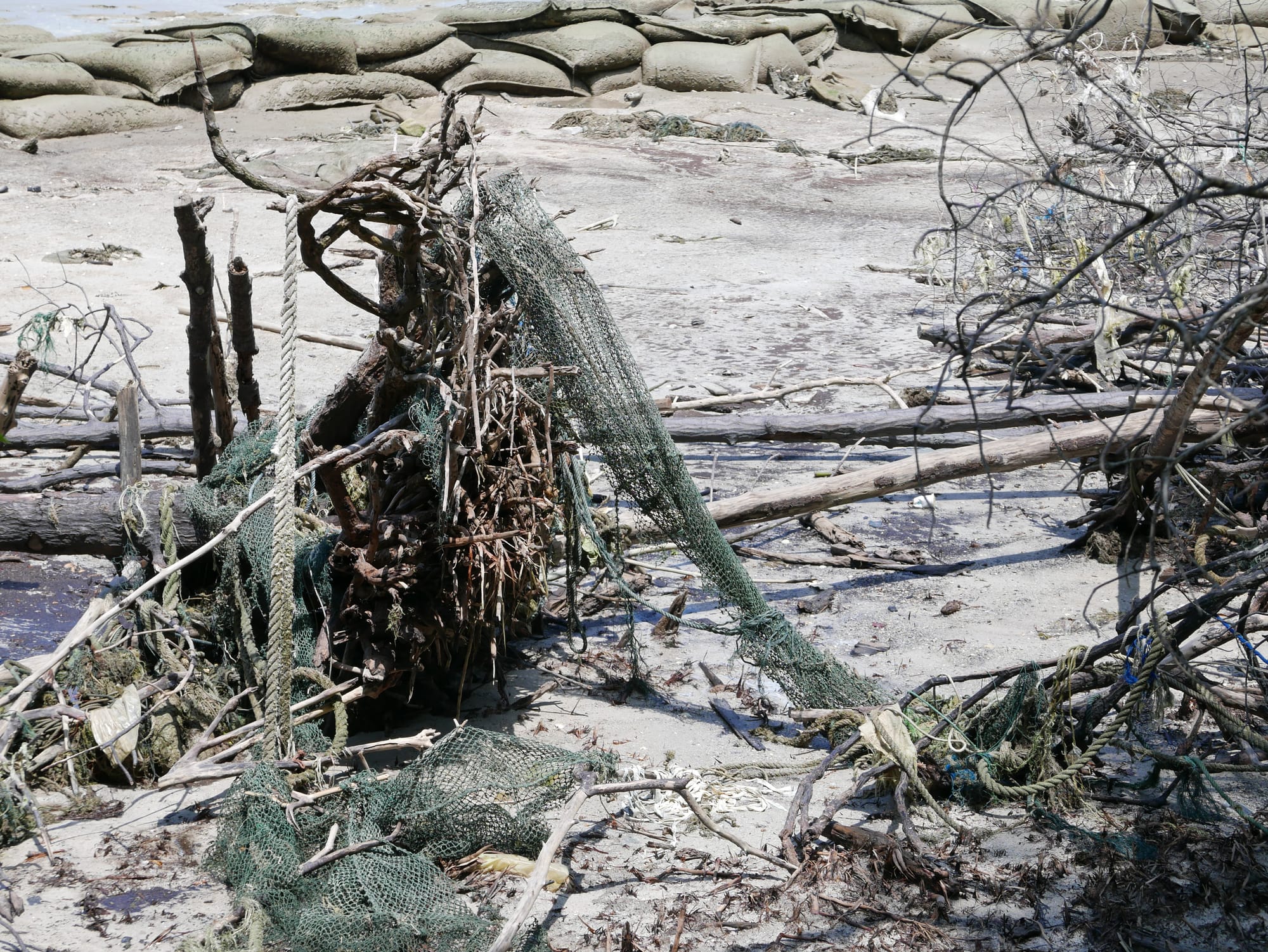
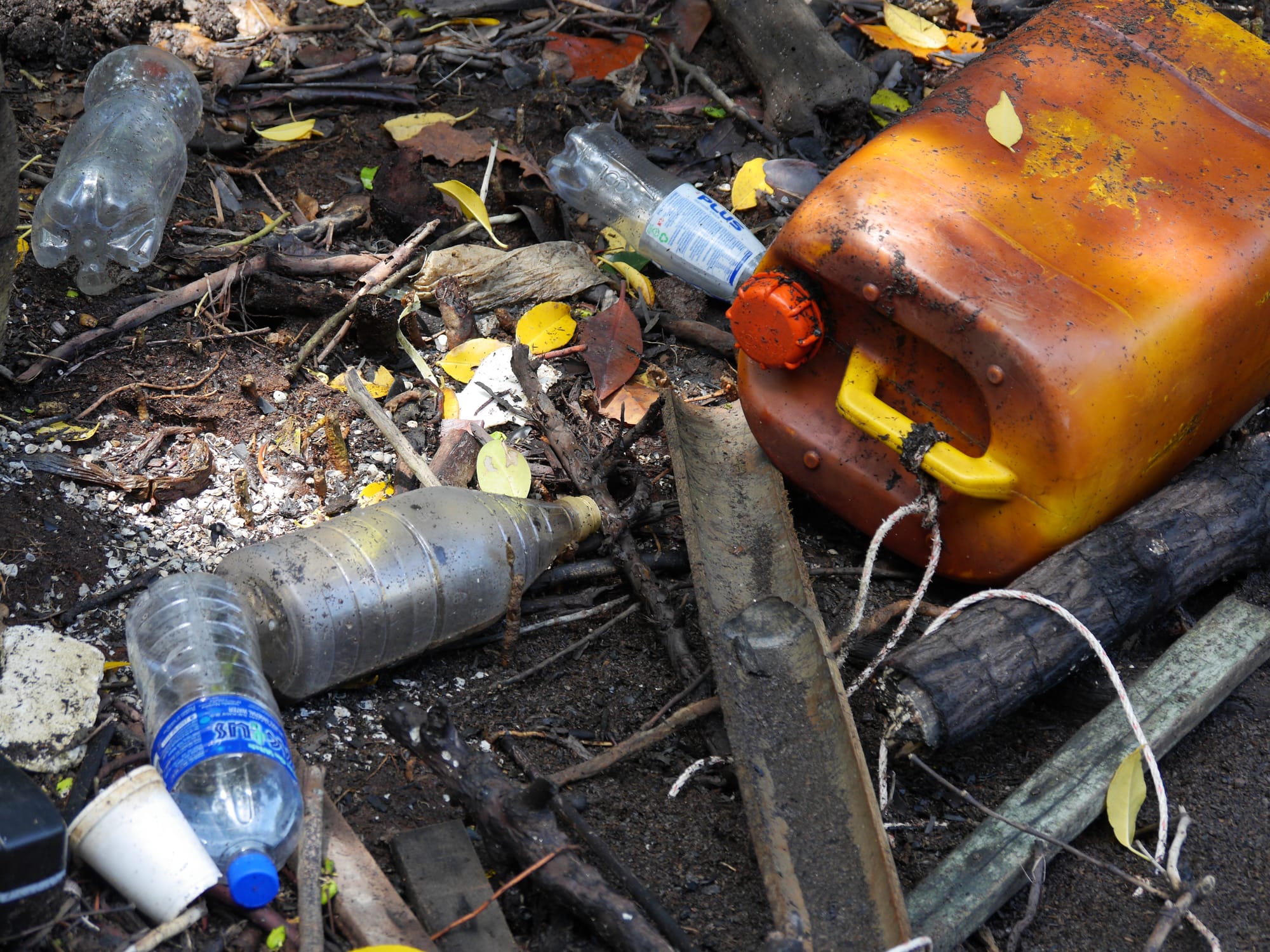
The park also has a problem with the erosion of the coast.
To protect the swamp, giant sandbags had been placed at the shoreline. Unfortunately, this hasn’t worked. The sandbags have leaked sand into the swamp and damaged the ecosystem.
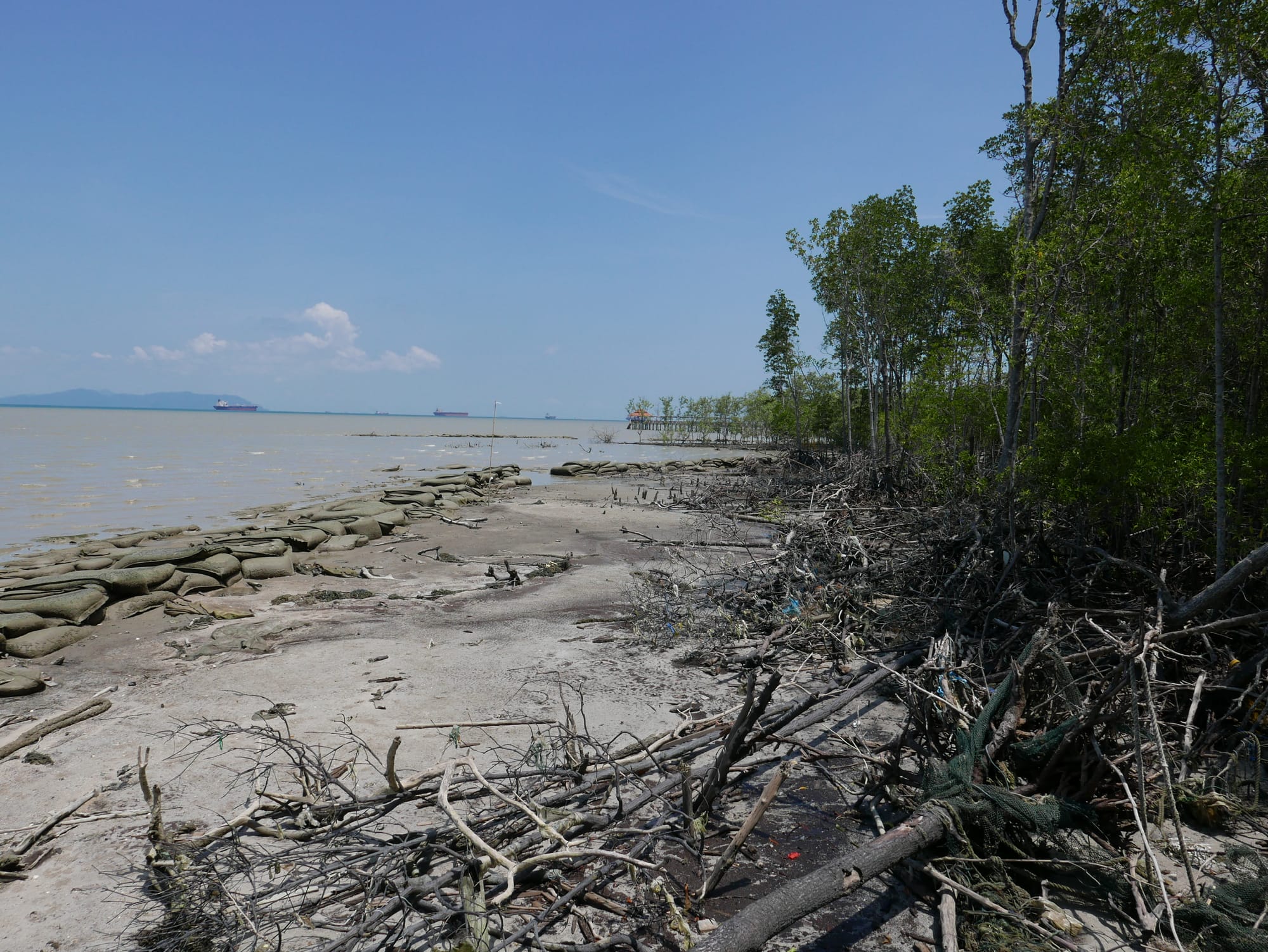
More of the failed sandbags.
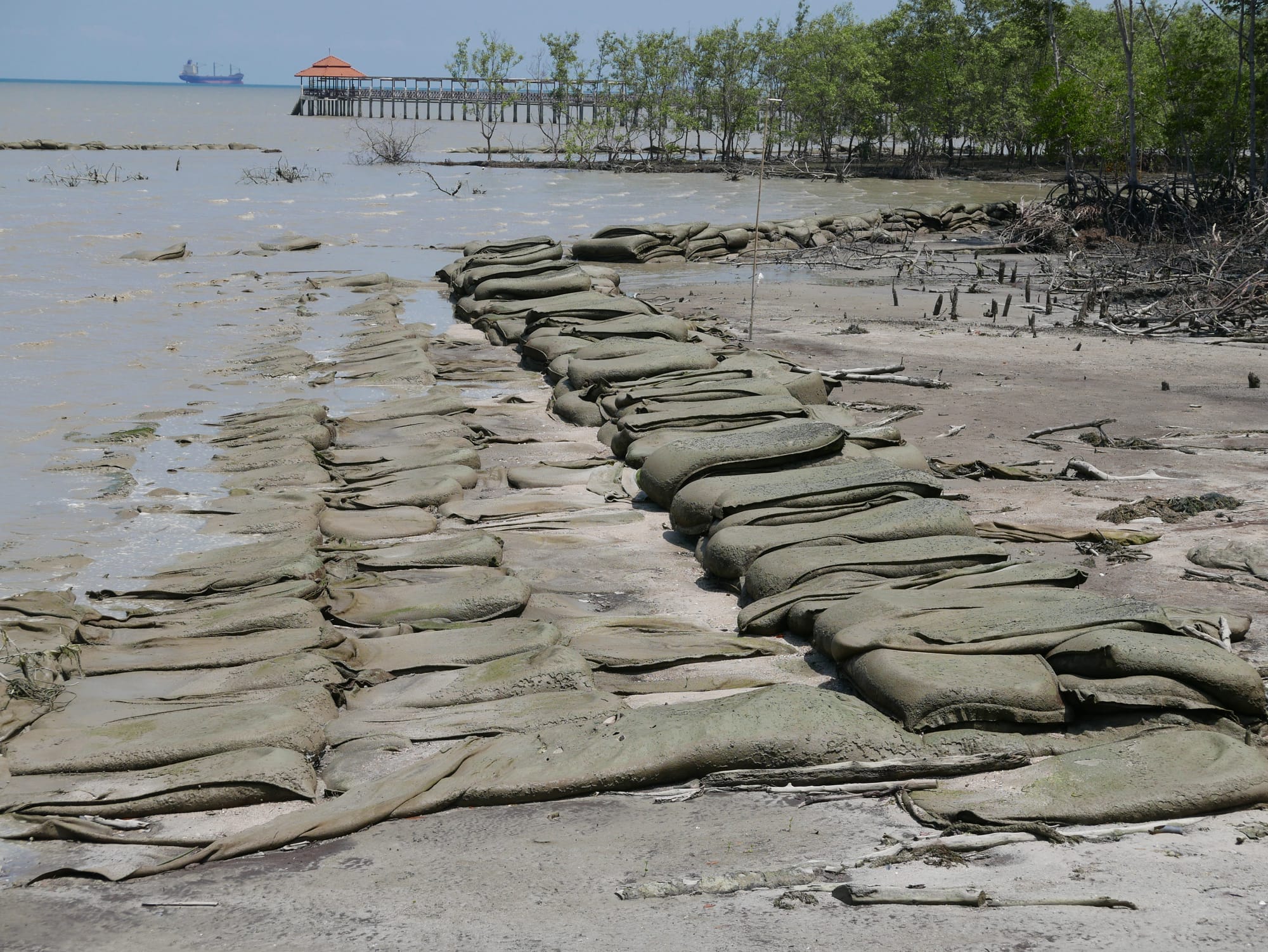
The ruptured giant sandbags had spilt sand into the swamp, and it was now turning it into a beach.
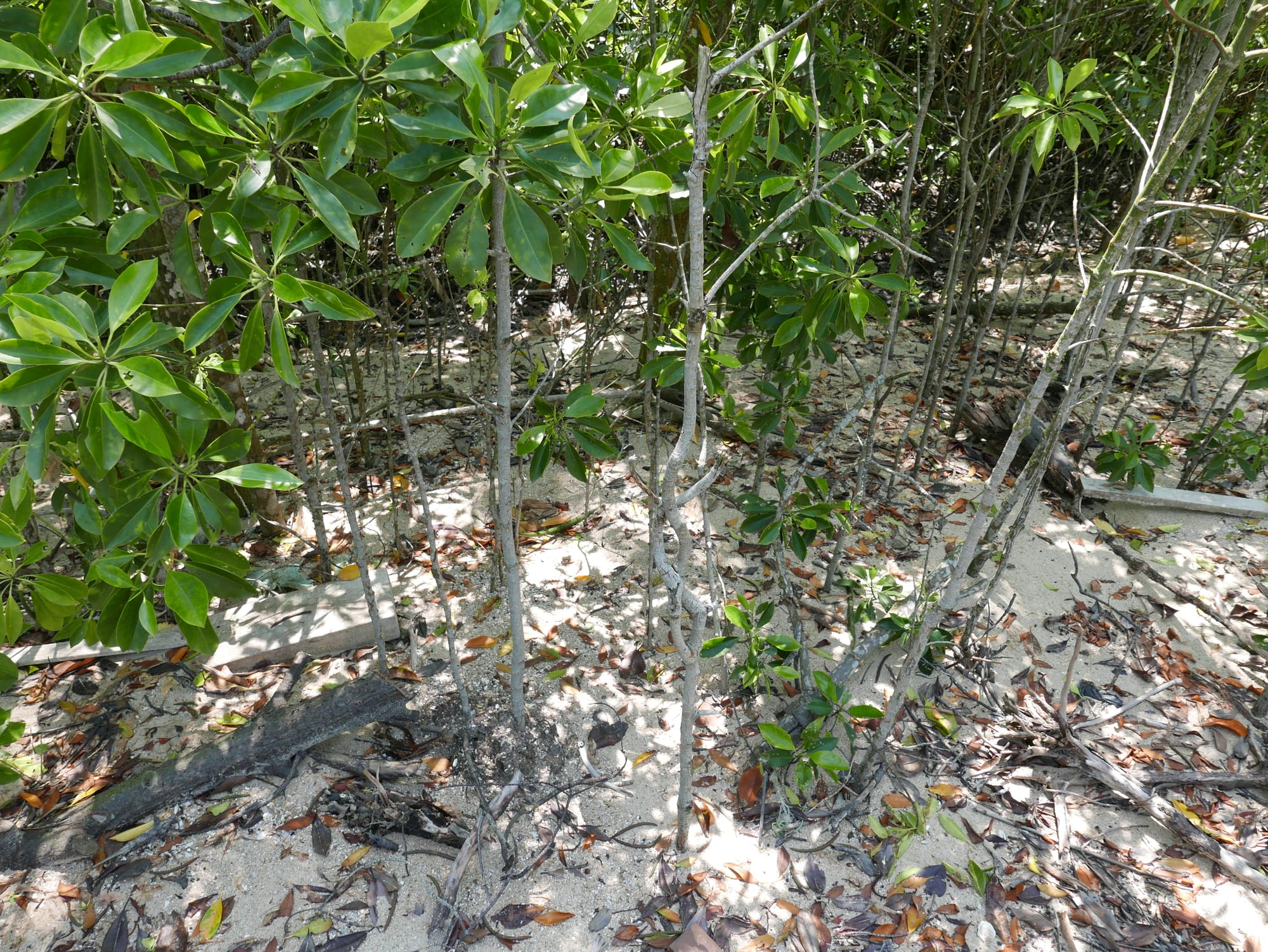
The sand from the ruptured bags has also spilt over the walkways. It is possible that the new rocky breakwater (see below) is not helping and is trapping the sand.
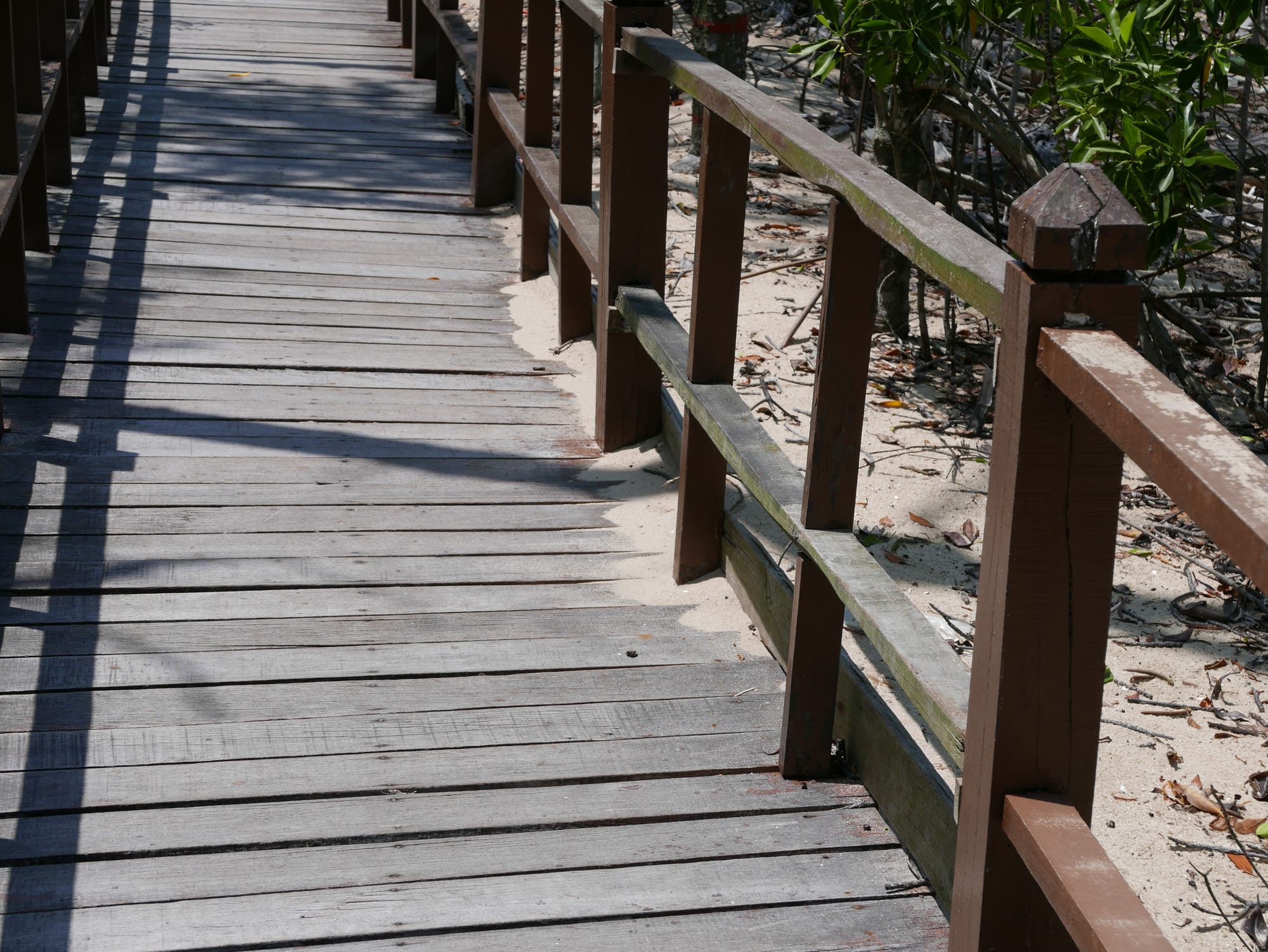
Some areas I remember as muddy swamps when I first visited in 2012 now look like a beach.
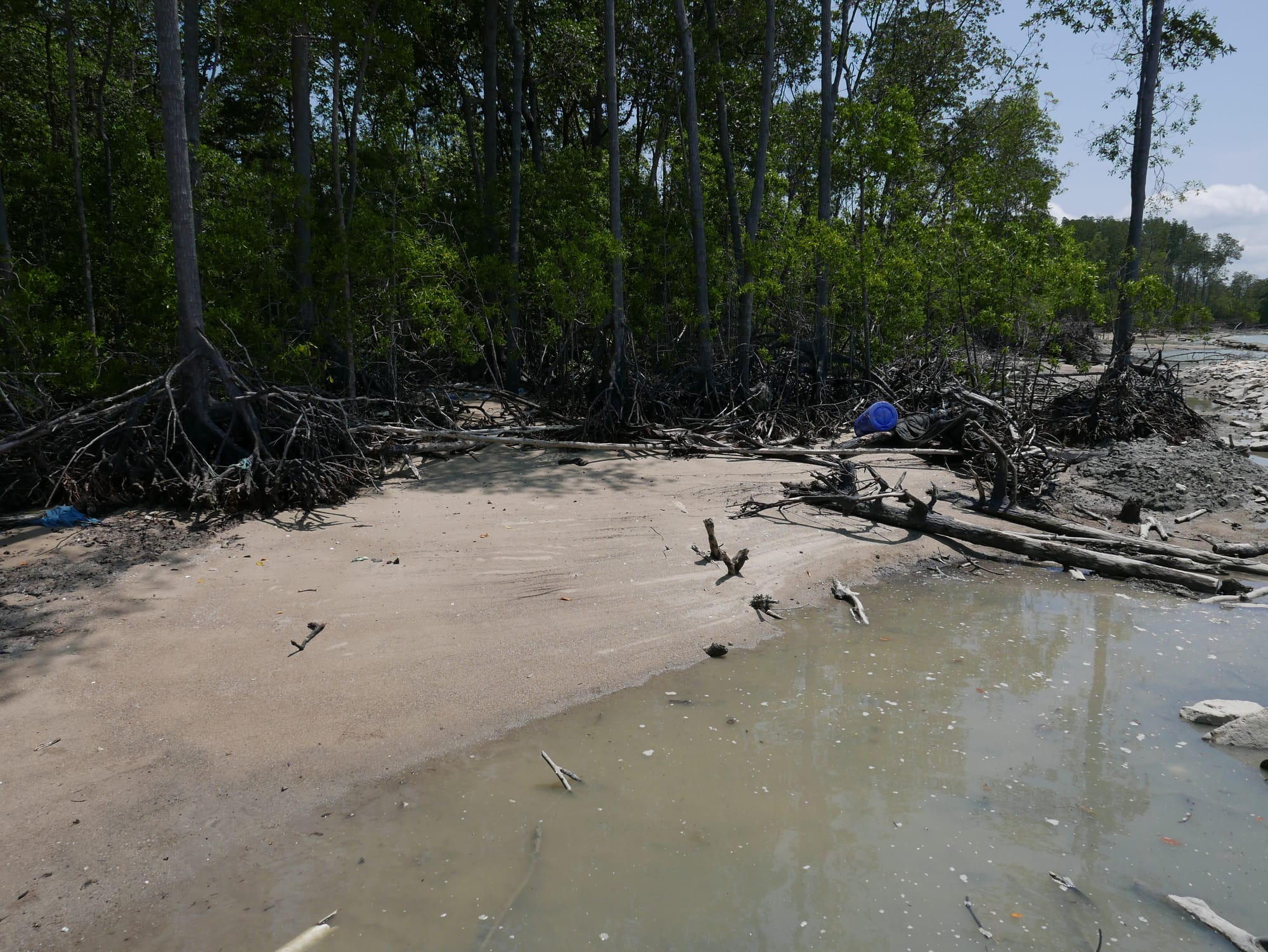
More coastal protection.
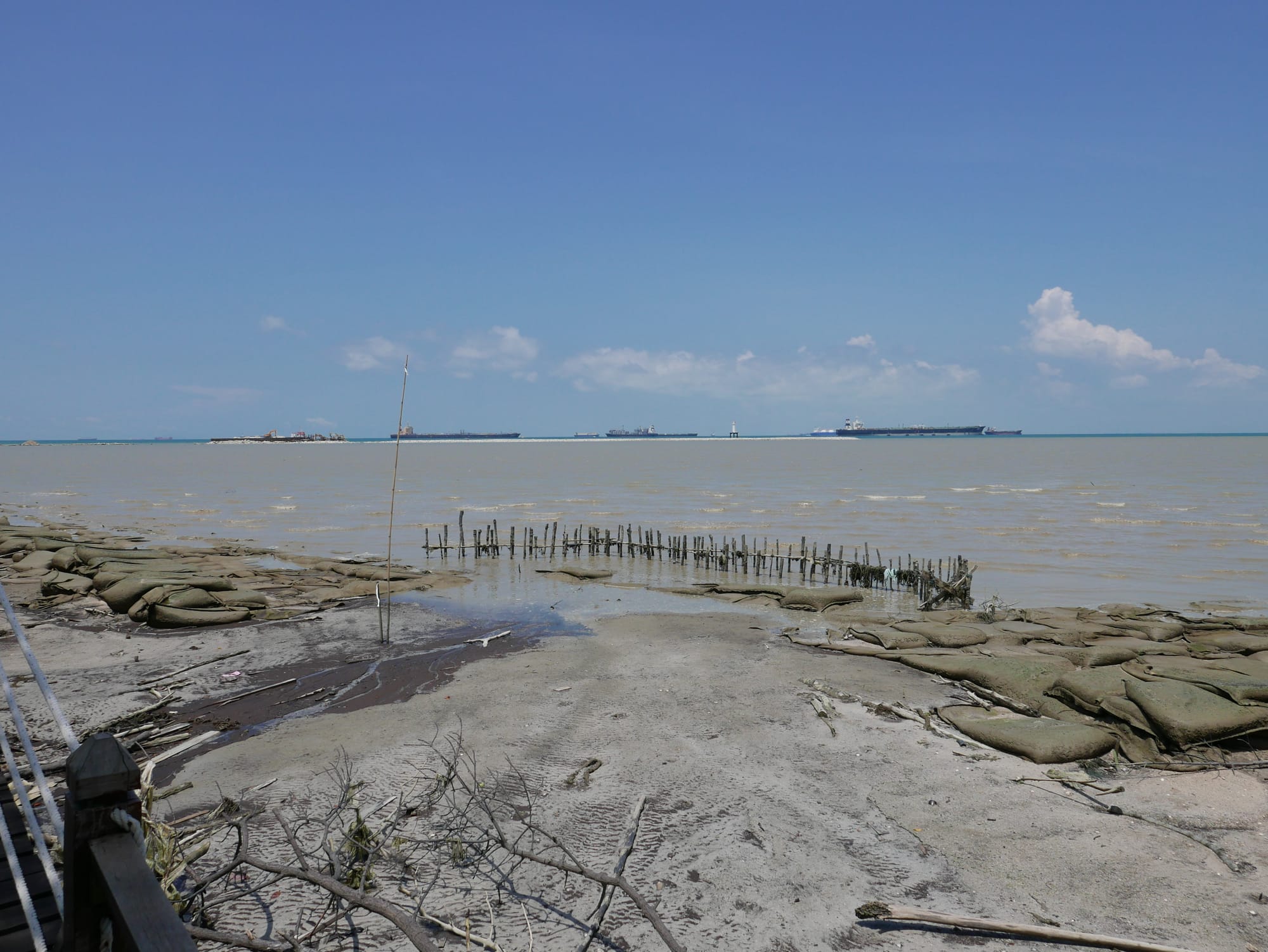
Some new walkways have been put in and seem to be better constructed than the old all-wood walkways. Hopefully, these will last a bit longer.
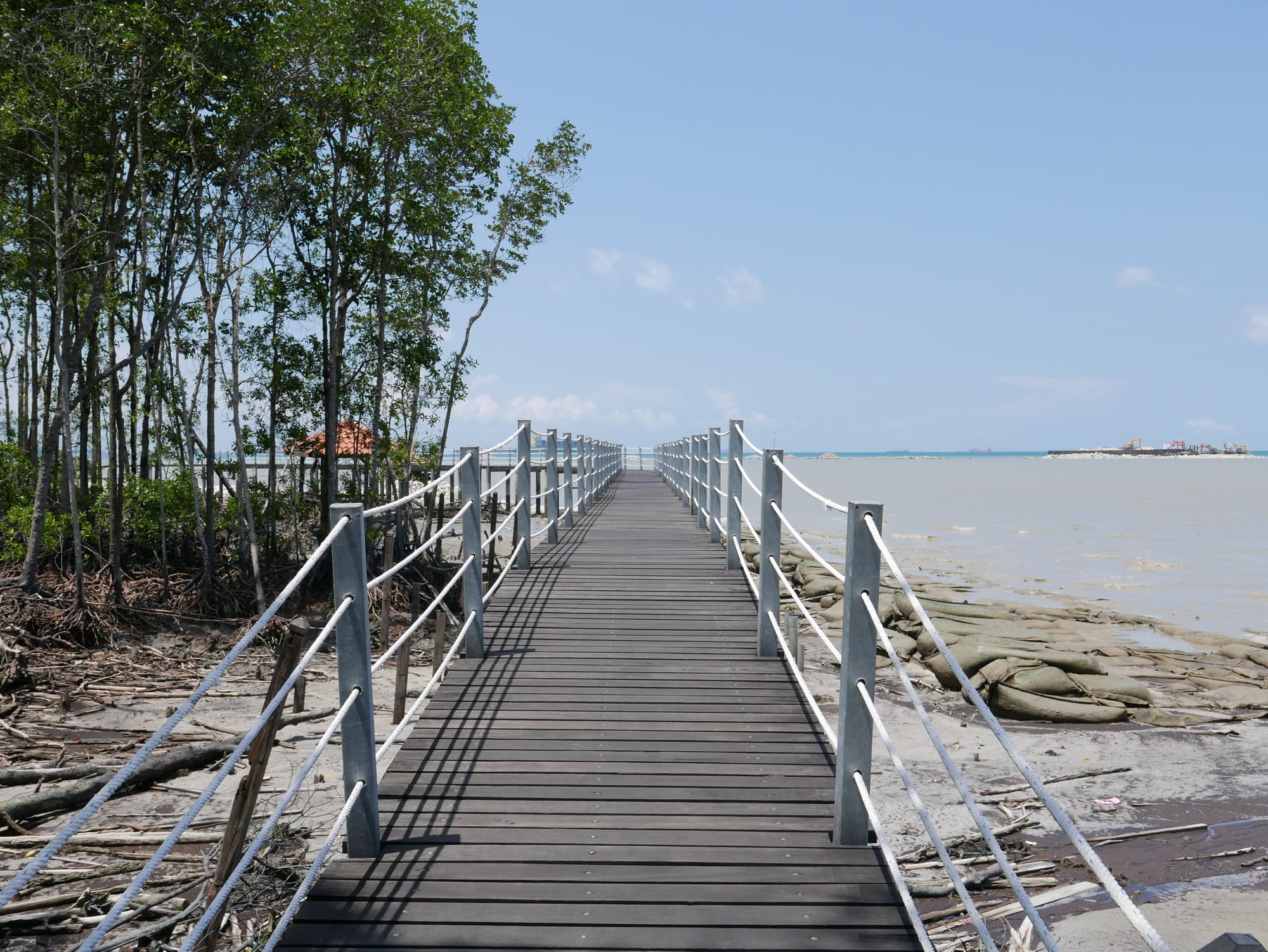
One of the old collapsed walkways next to the new.
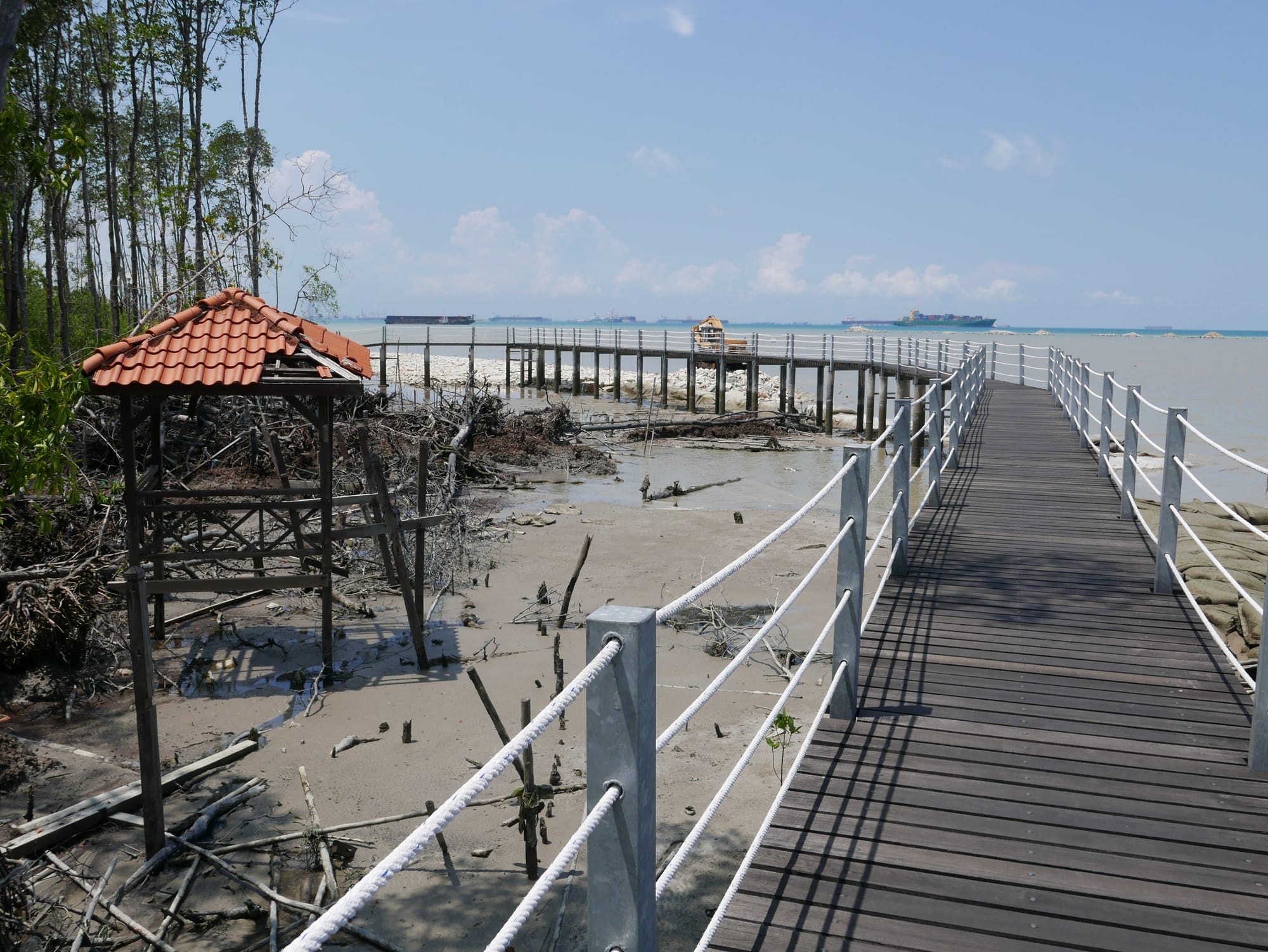
The photo below shows the new walkway and sea defences (May 2015).
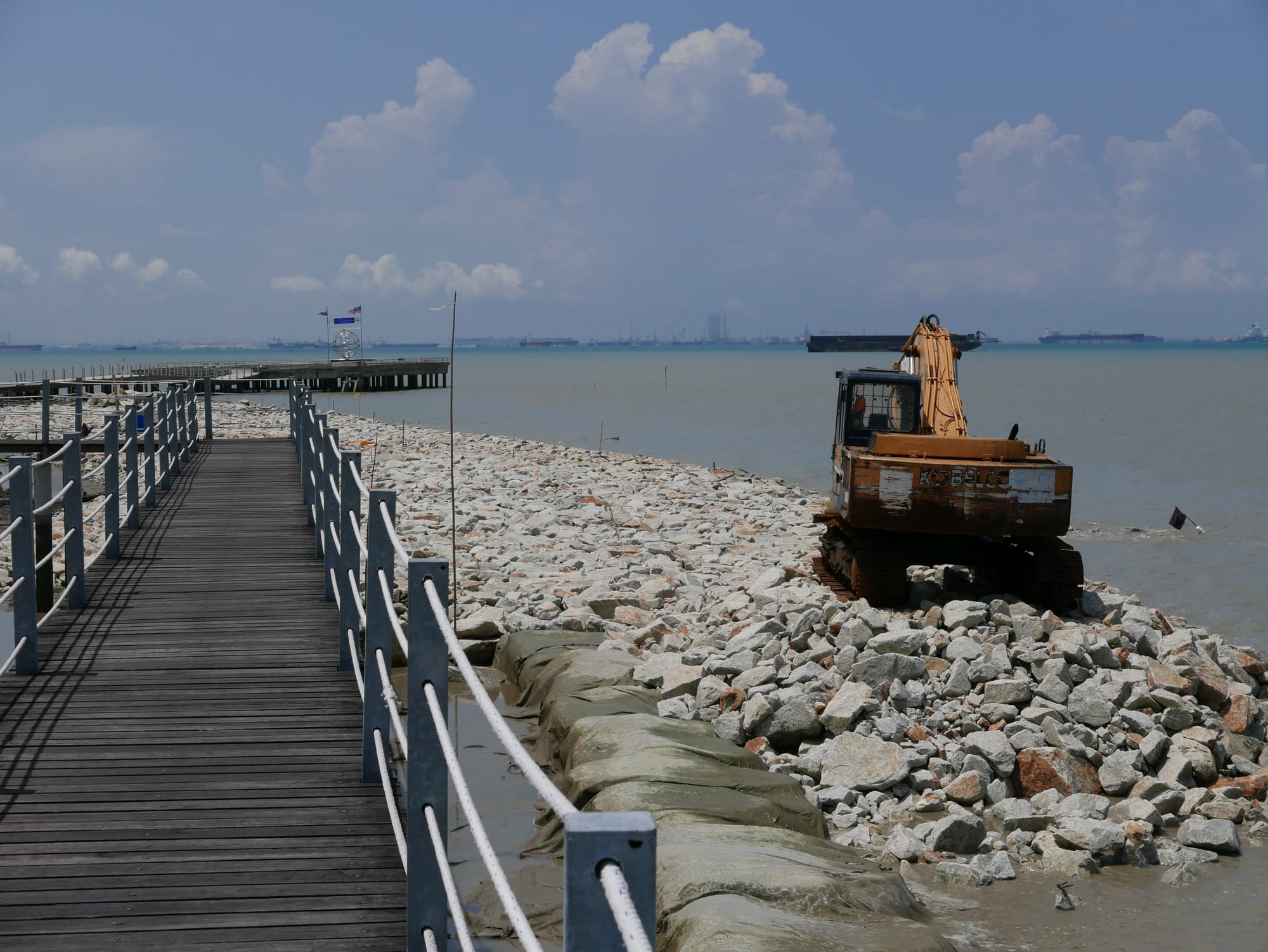
The new sea defences are ugly.
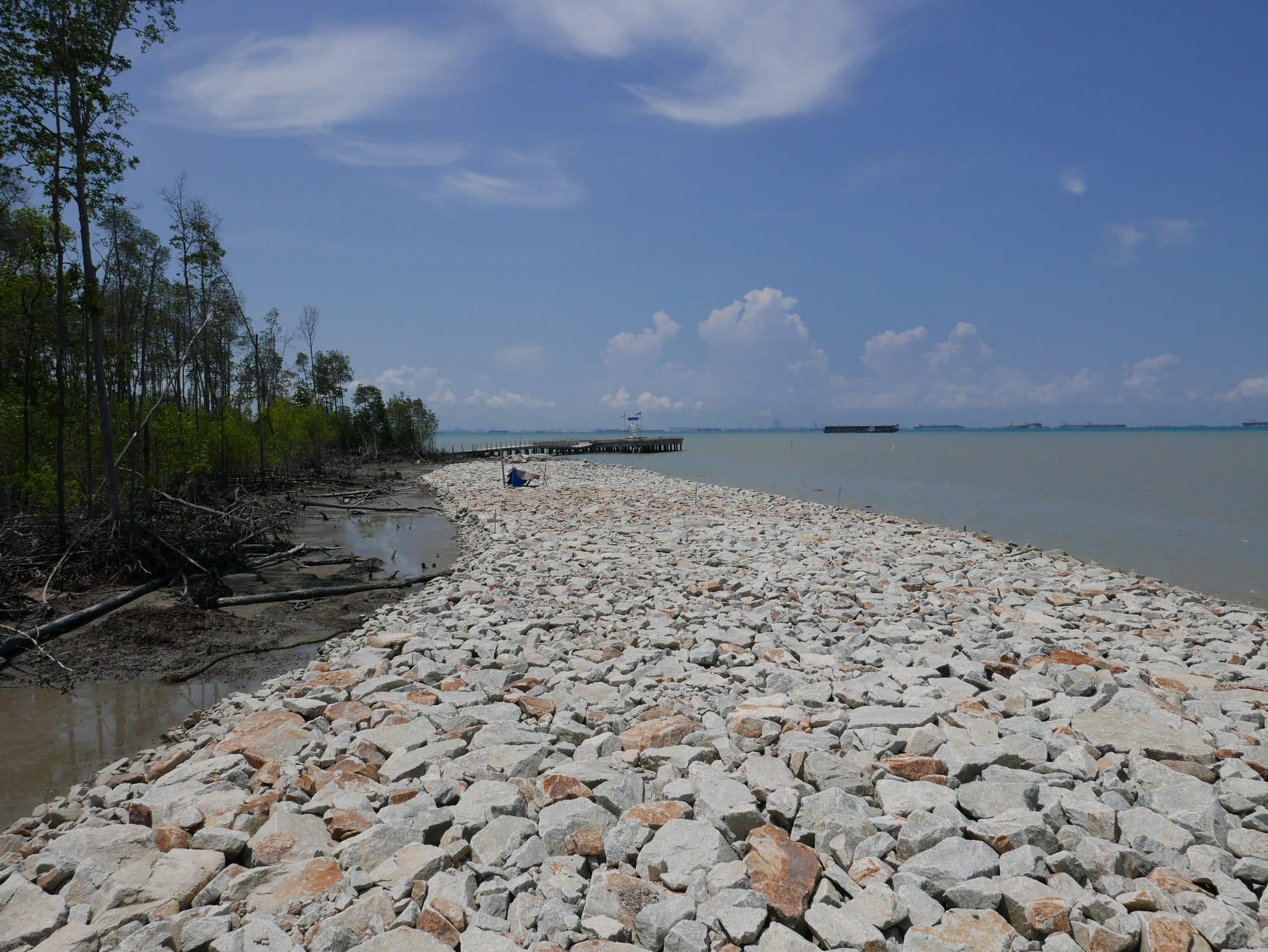
Sadly, I couldn’t visit the most southerly point on this trip as a walkway had collapsed just before the main platform. You can see the collapsed walkway in the photos below.
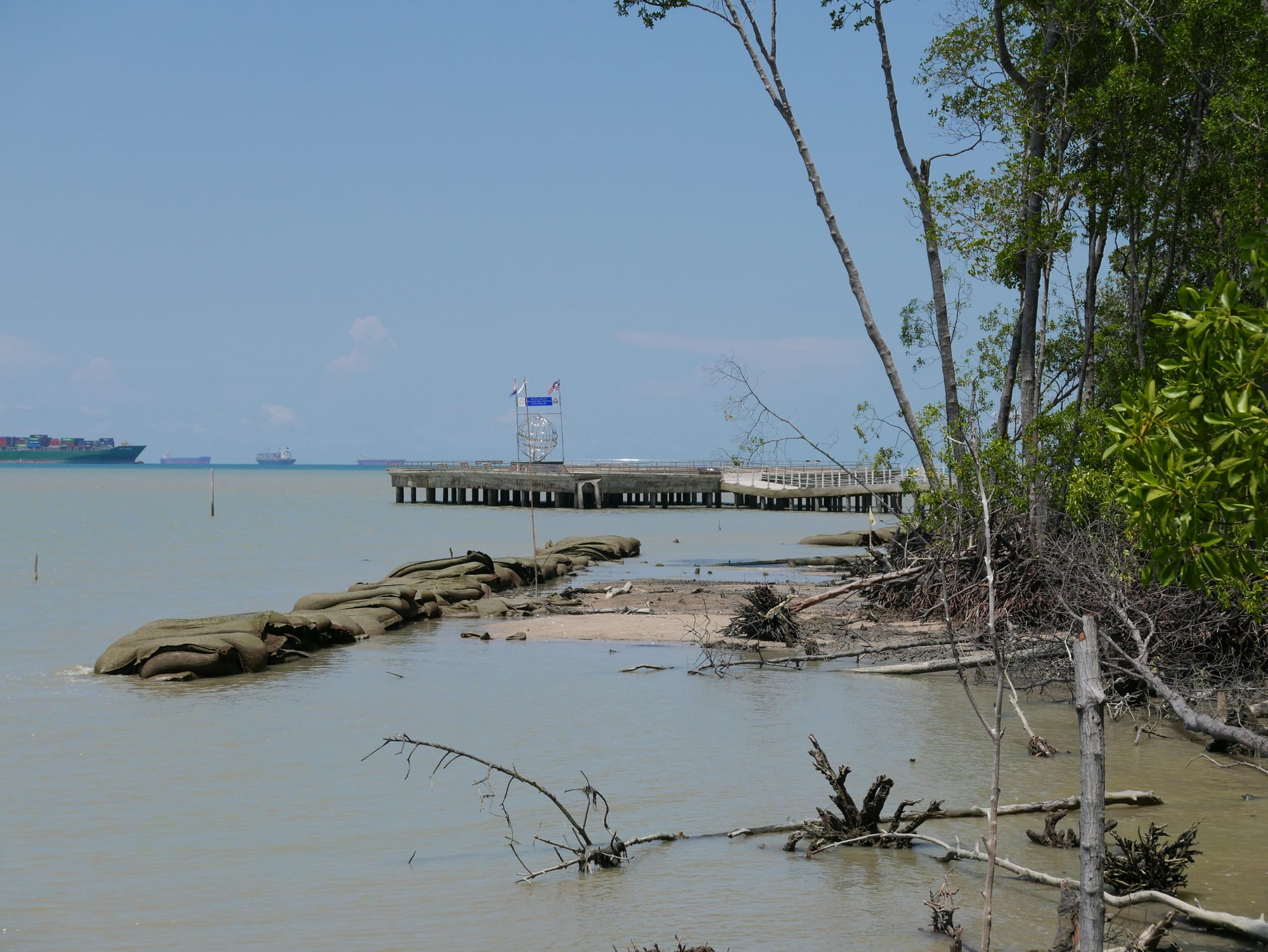
The most southern point of mainland Asia with a collapsed walkway. This was as close as I could get.
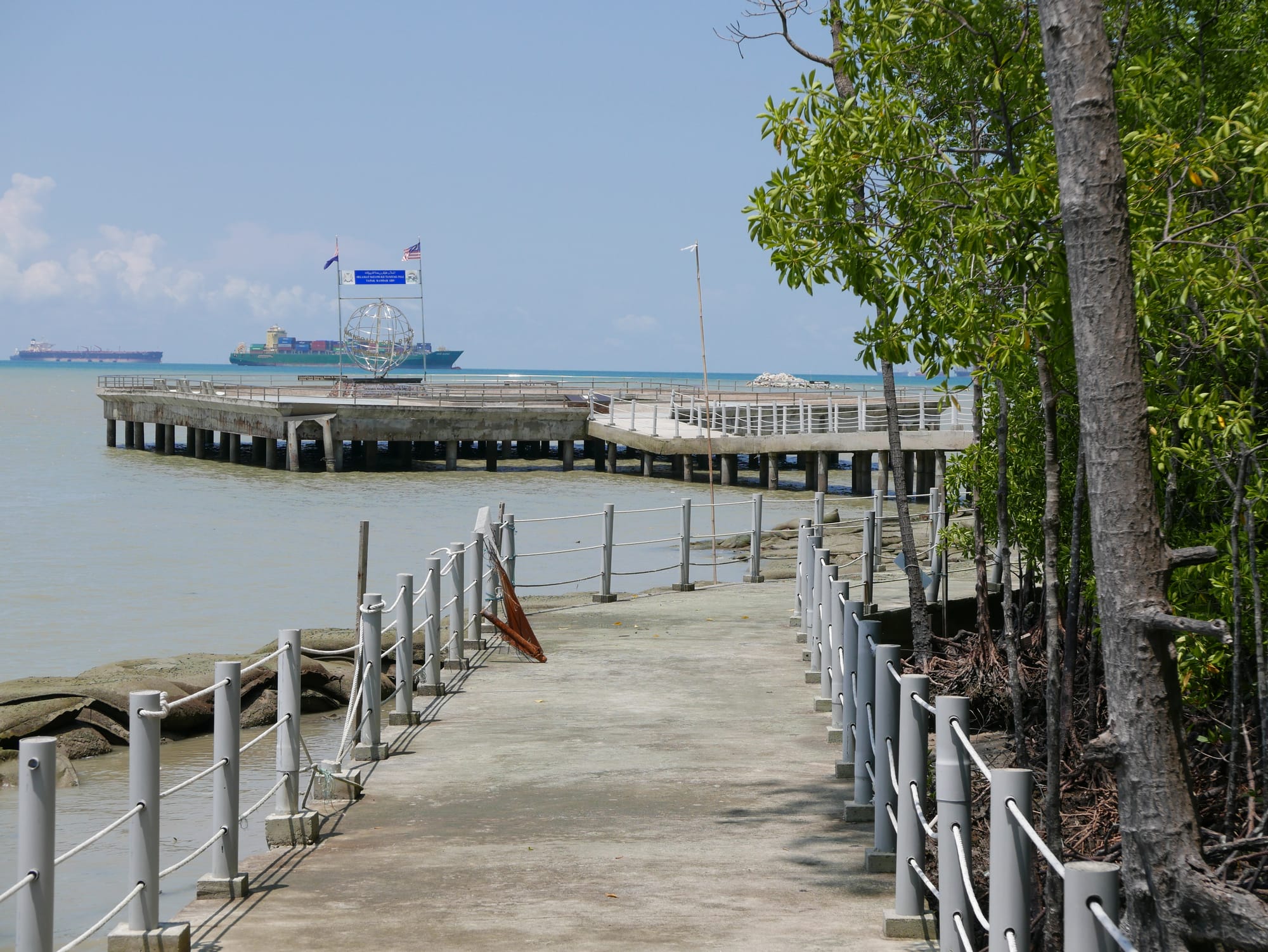
I had to settle for going out on the fishing pier on this visit.
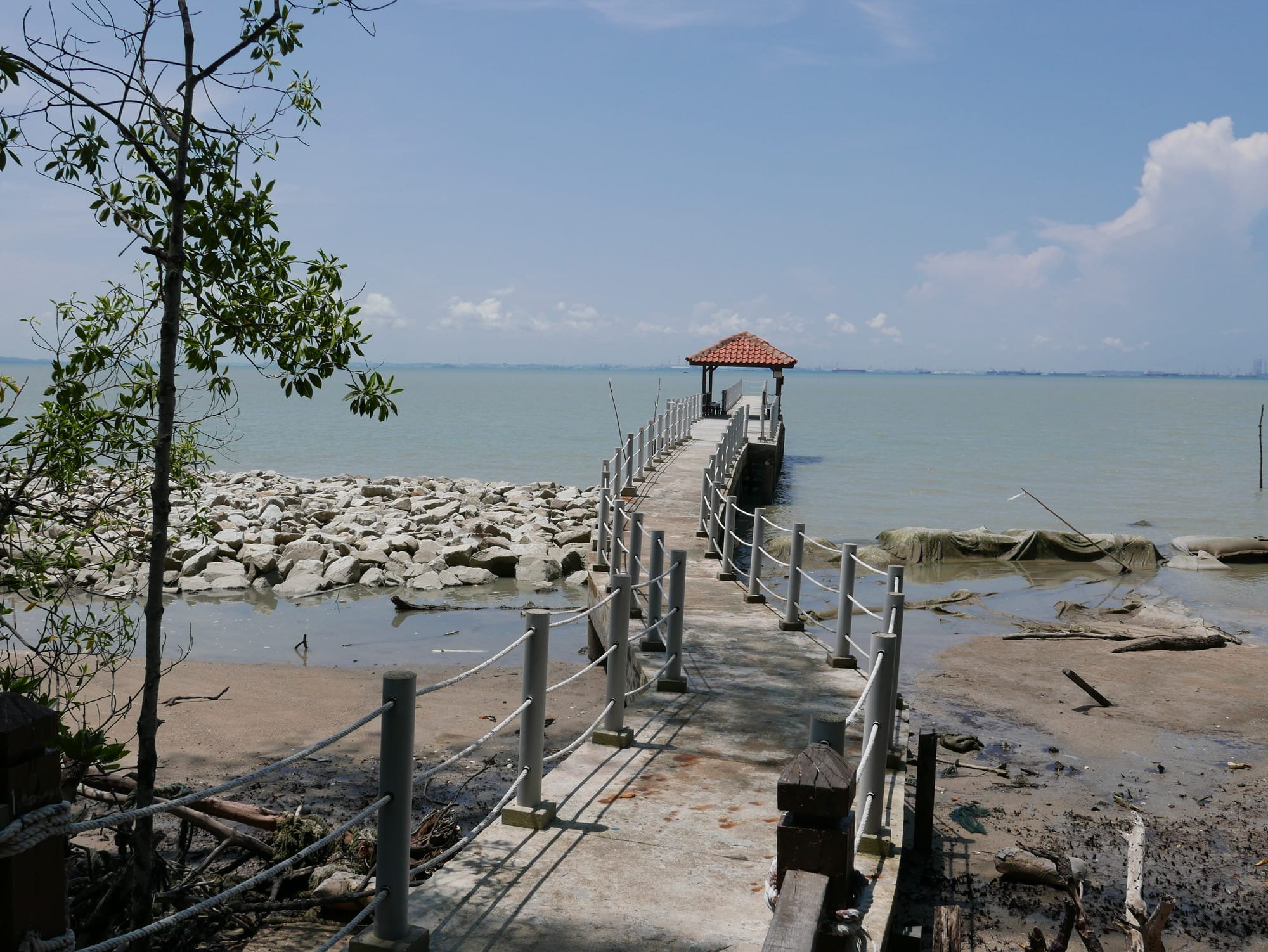
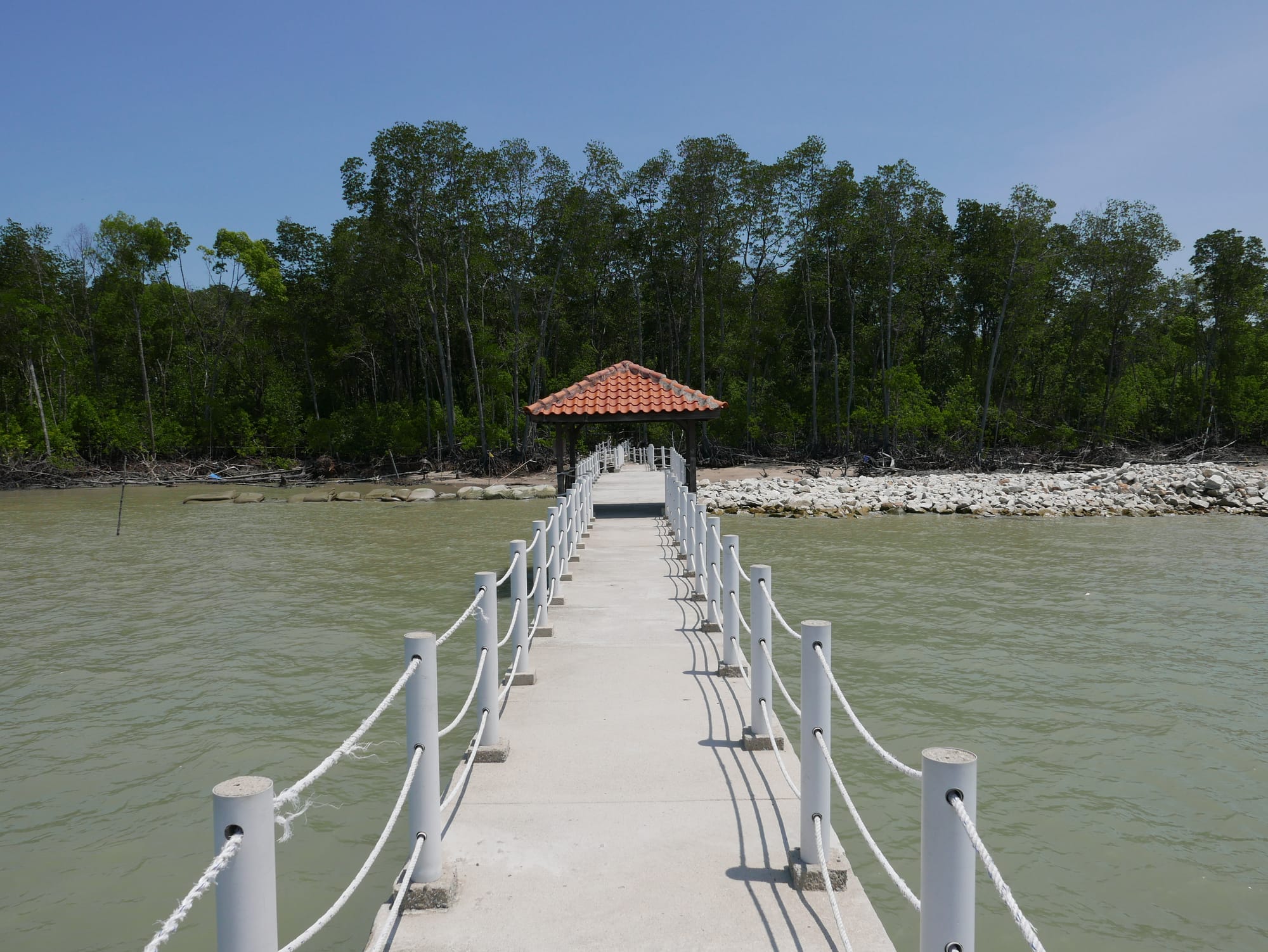
Now for some wildlife.
On this short visit to the park, I spotted all the animals photographed below.
The mangrove swamp is home to the Mangrove Skink (Emola atrocostata). These are typically found in sunning themselves, and they will rapidly dive for cover if disturbed.
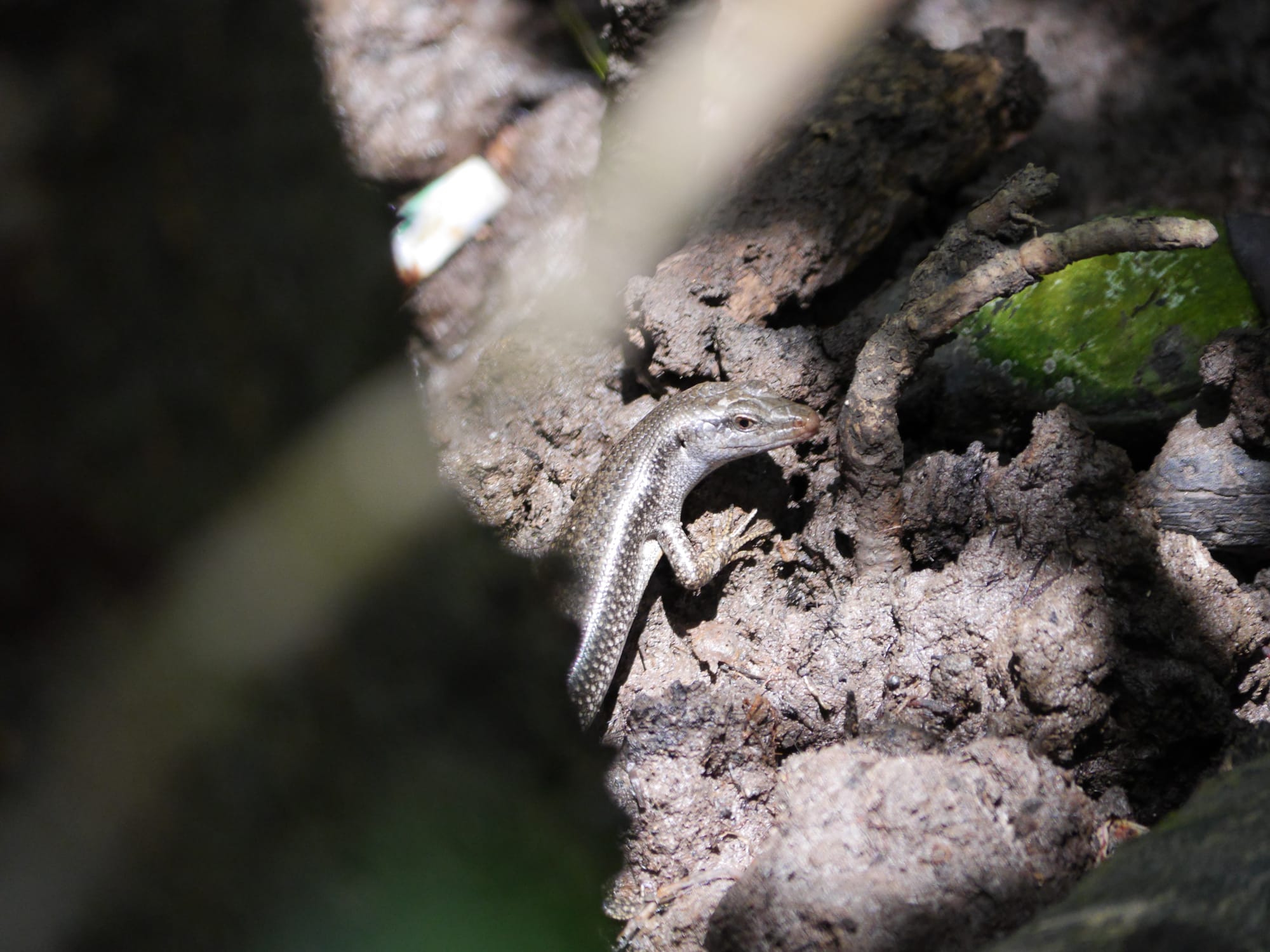
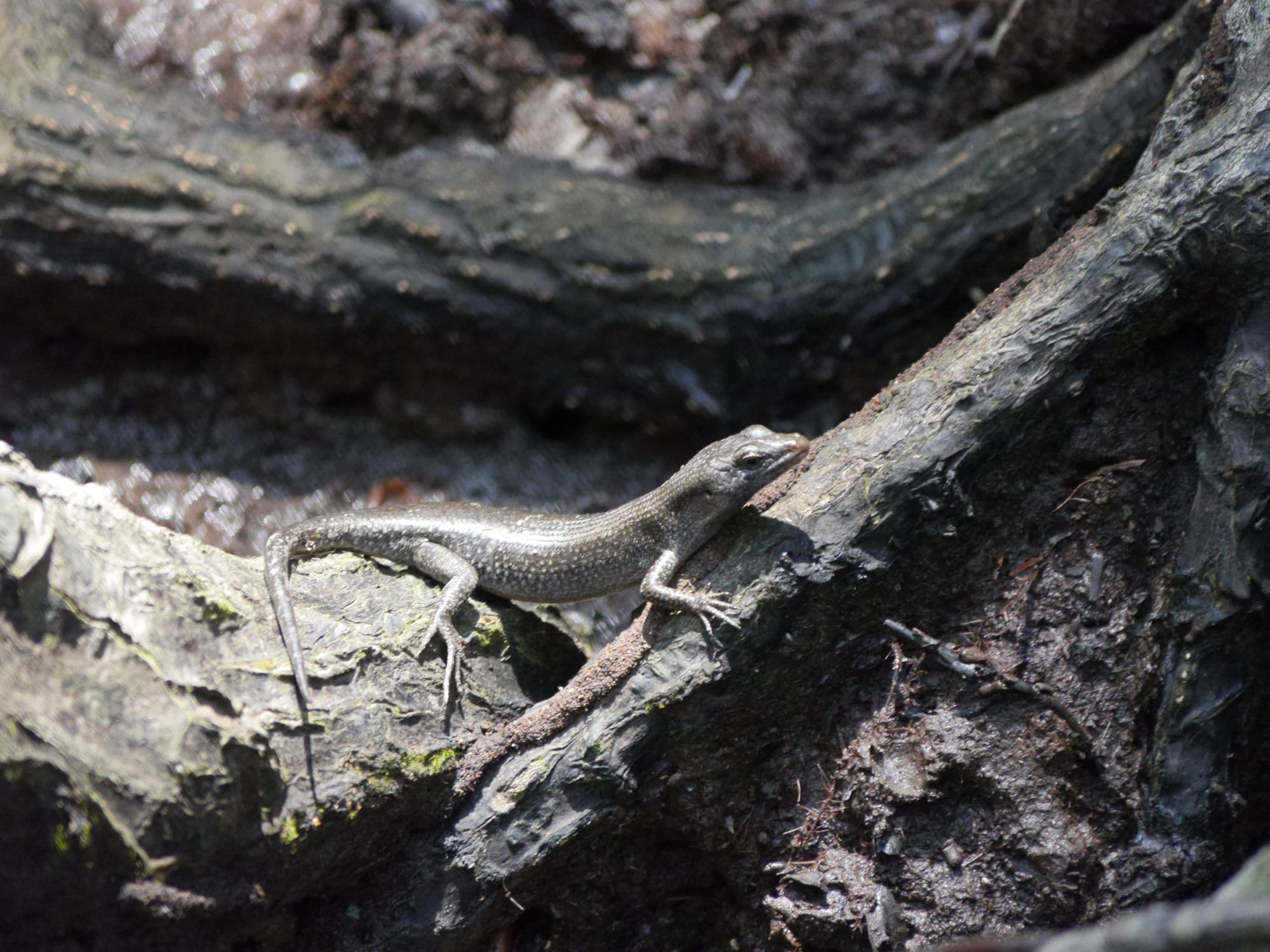
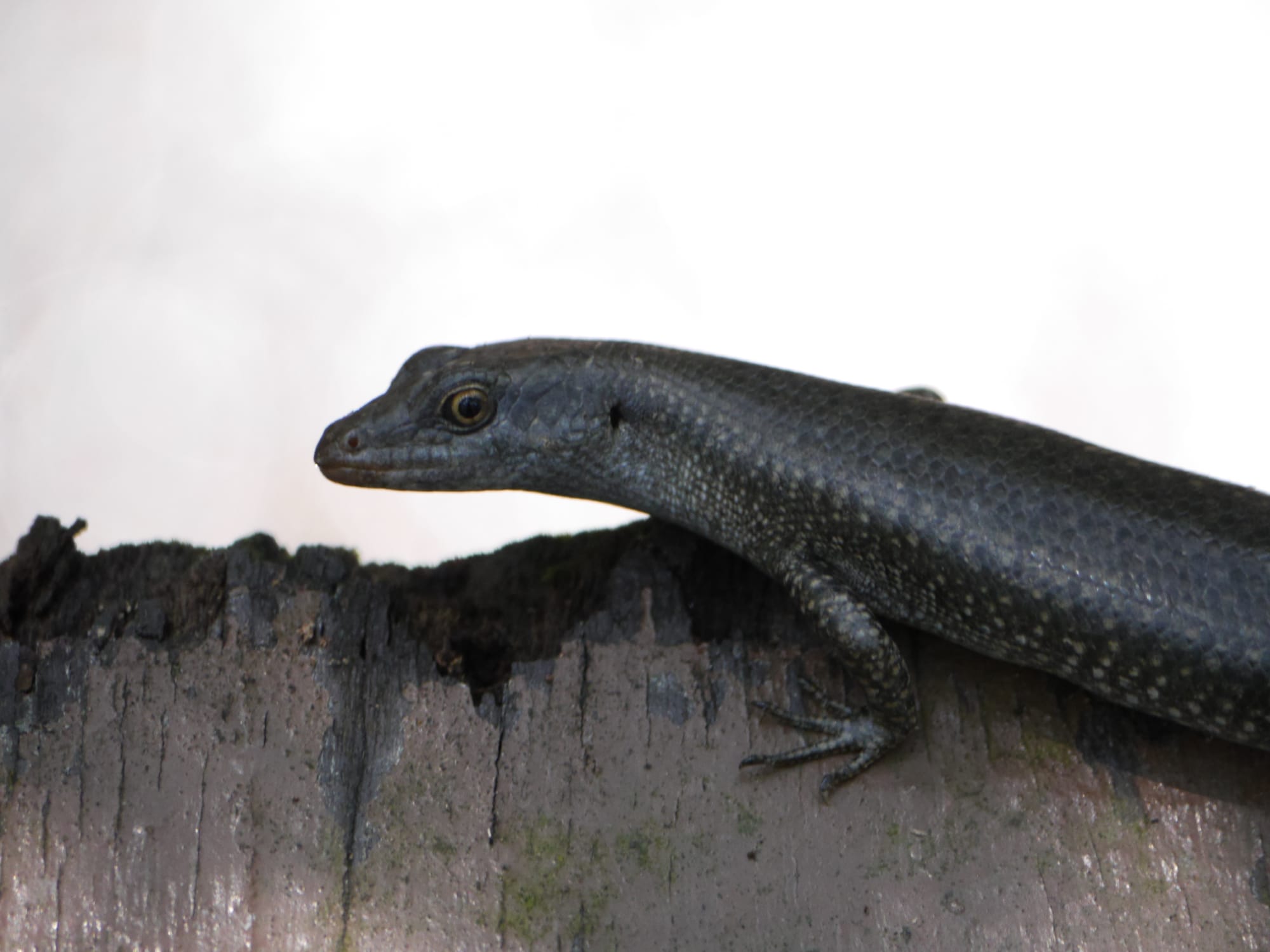
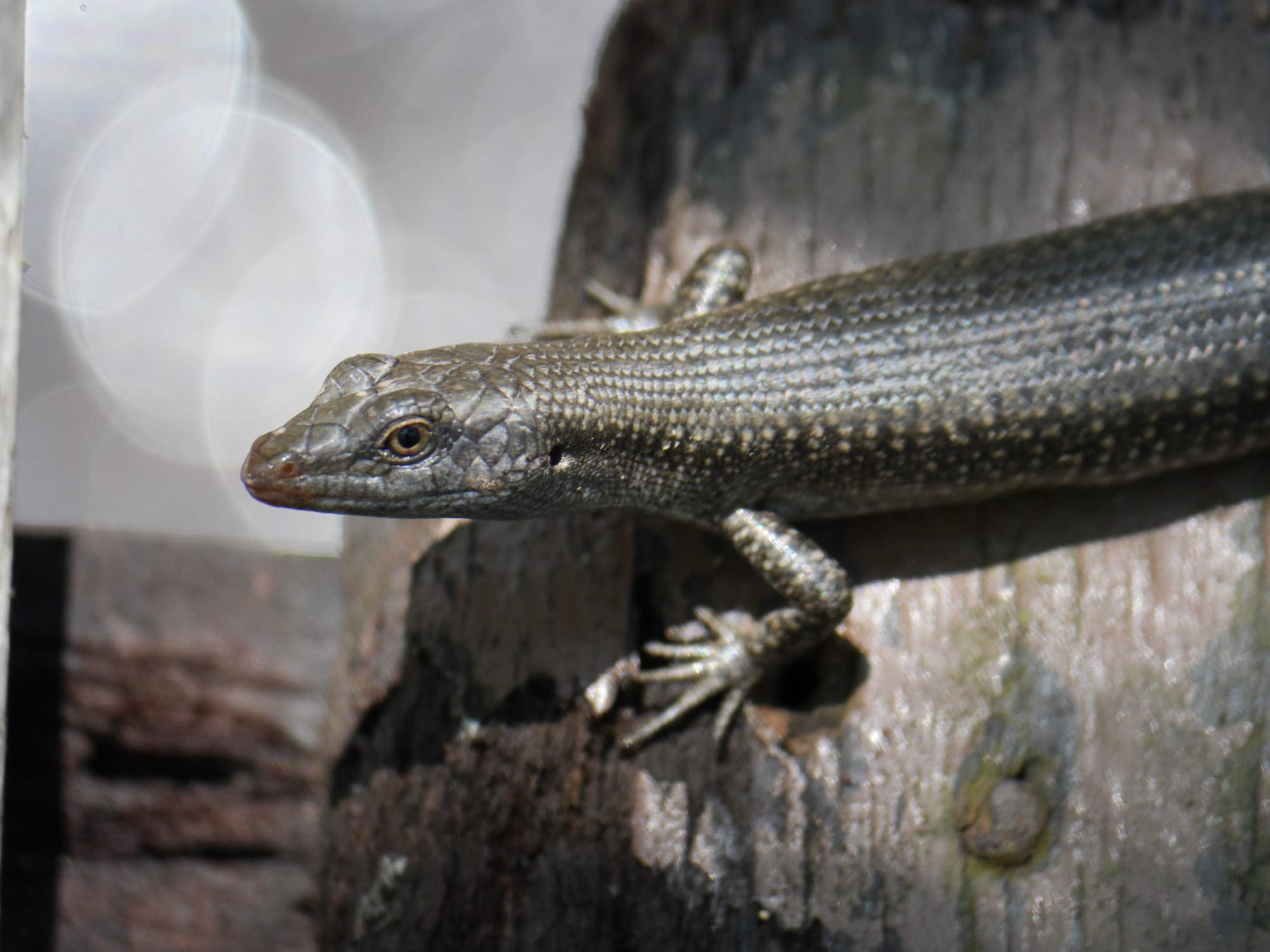
Another lizard found in the mangrove swamp is the Malayan Water Monitor (Varanus salvator). These are impressive beasts, and there is something of the dinosaur about them. I find the way they walk, with their tongue flicking, quite disturbing.
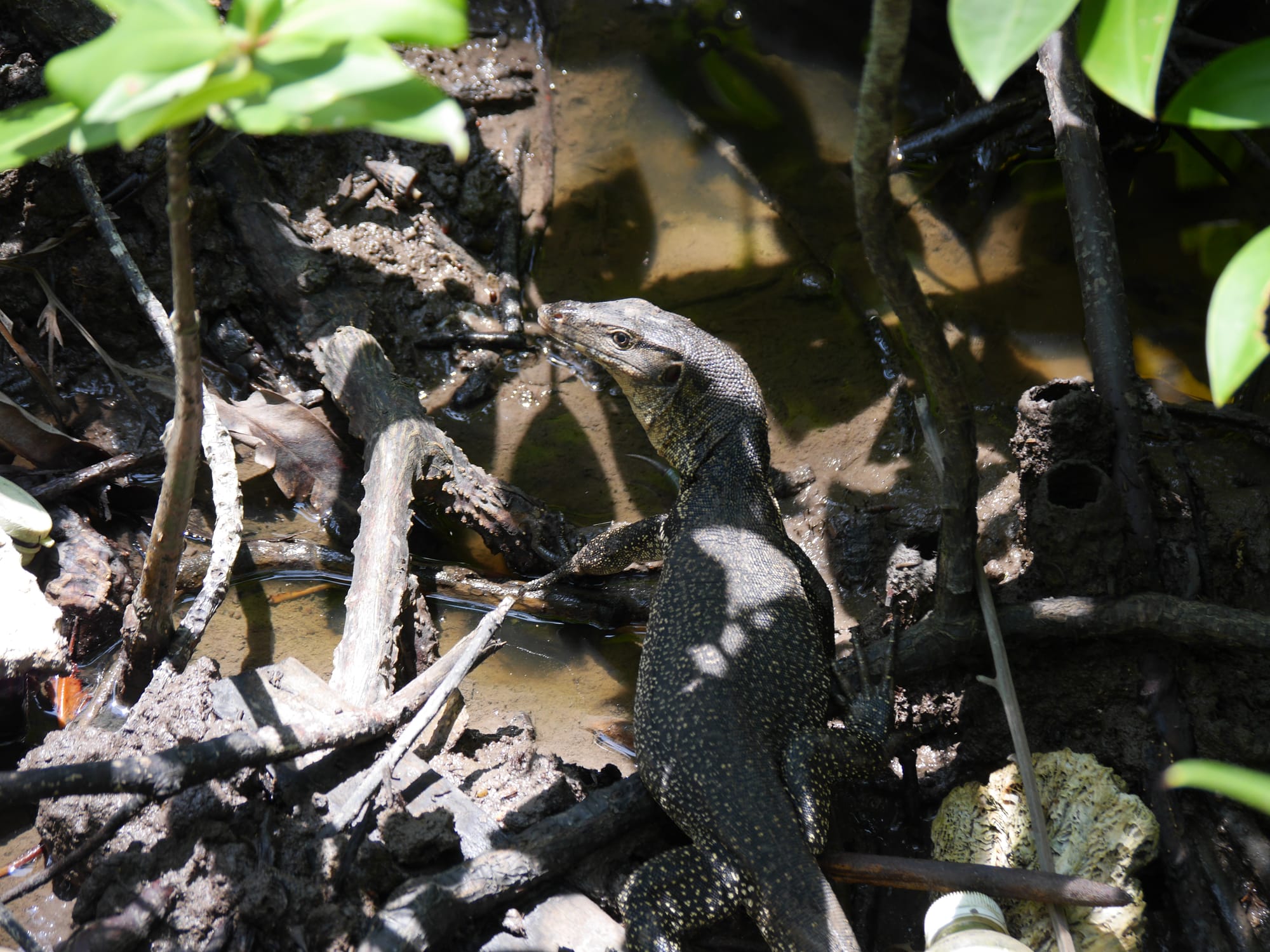
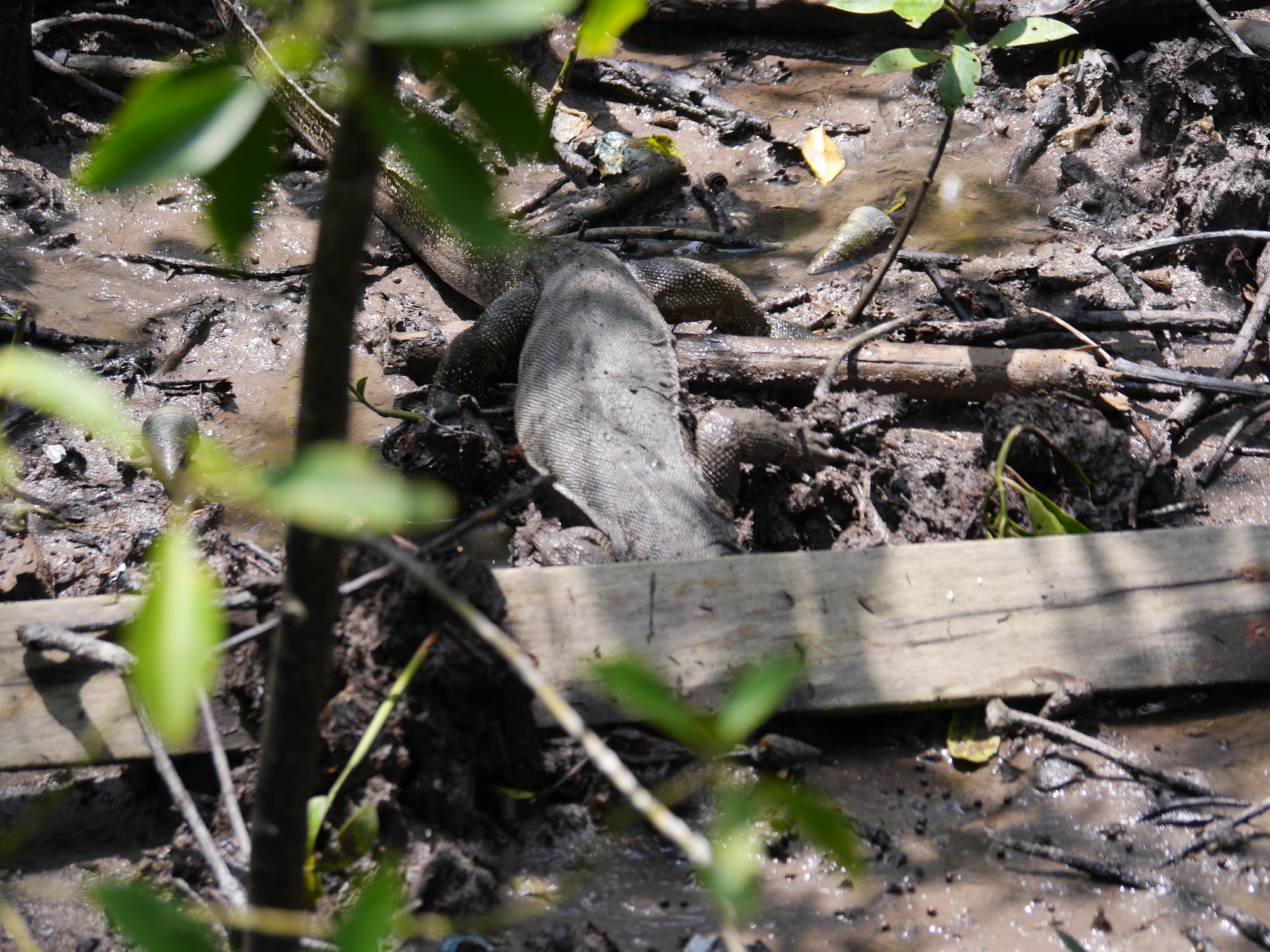
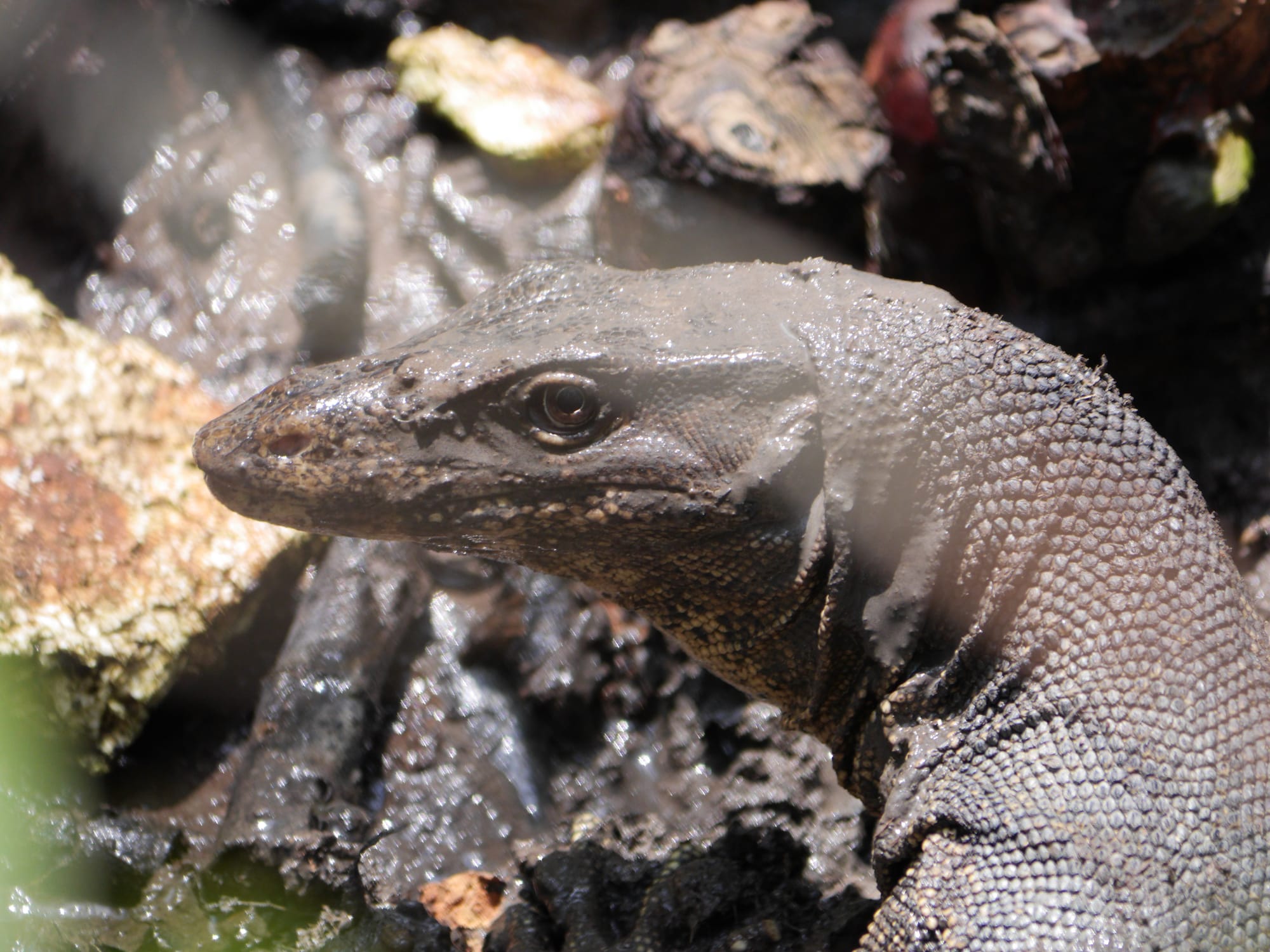
In Tanjung Piai National Park, it is worth looking at the swamp’s mud, as it is full of life. In the mud, you will see numerous crabs (e.g., Fiddler Crabs and Tree Climbing Crabs, Episesarma spp), shellfish such as Berongan (Telescopium telescopium) and Mudskippers (Periophthalmodon spp).
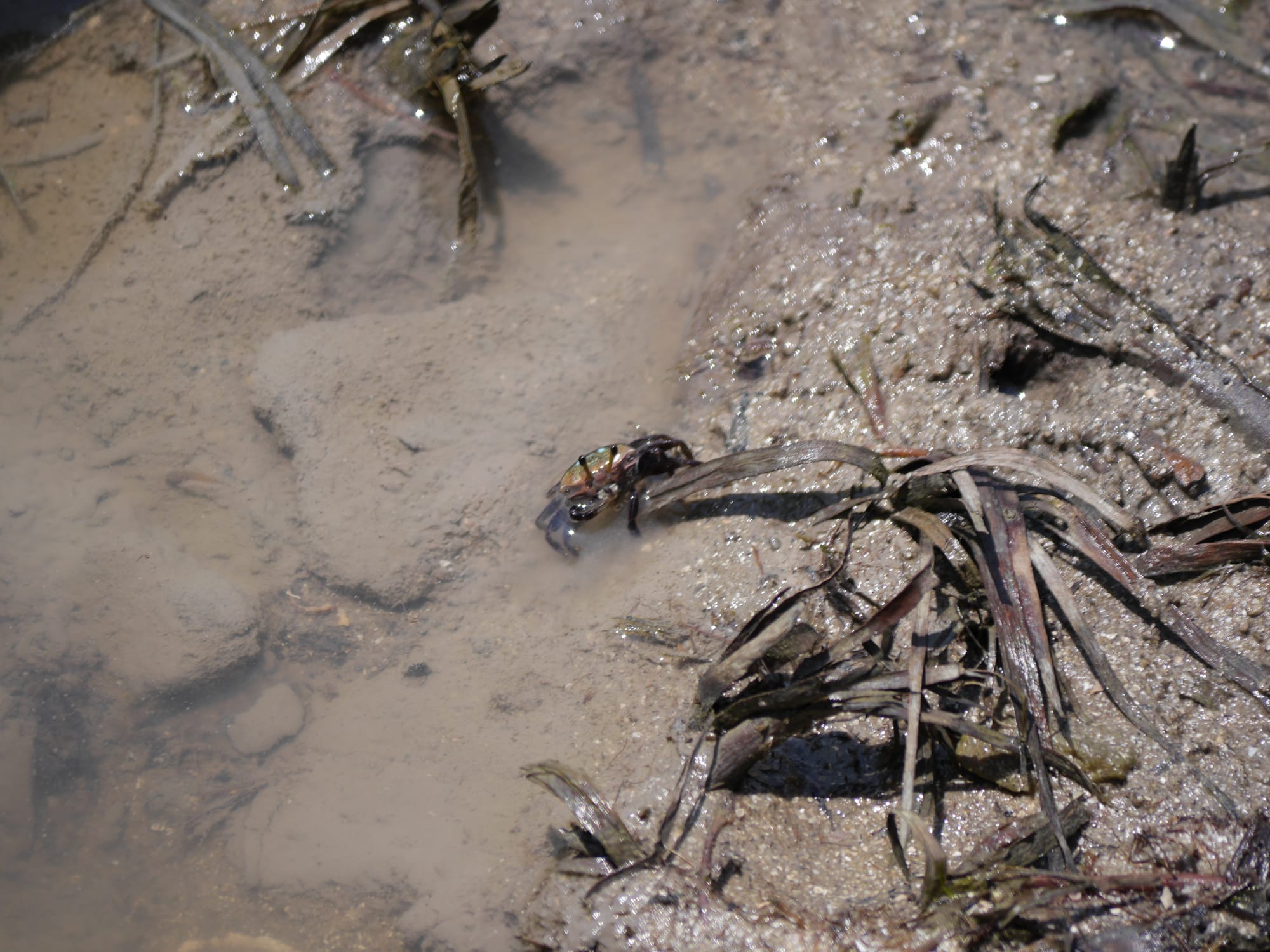
Crabs made the small holes and balls of sand in the photo below. On previous visits to the park, I saw no sign of this activity, as there wasn’t any sand.
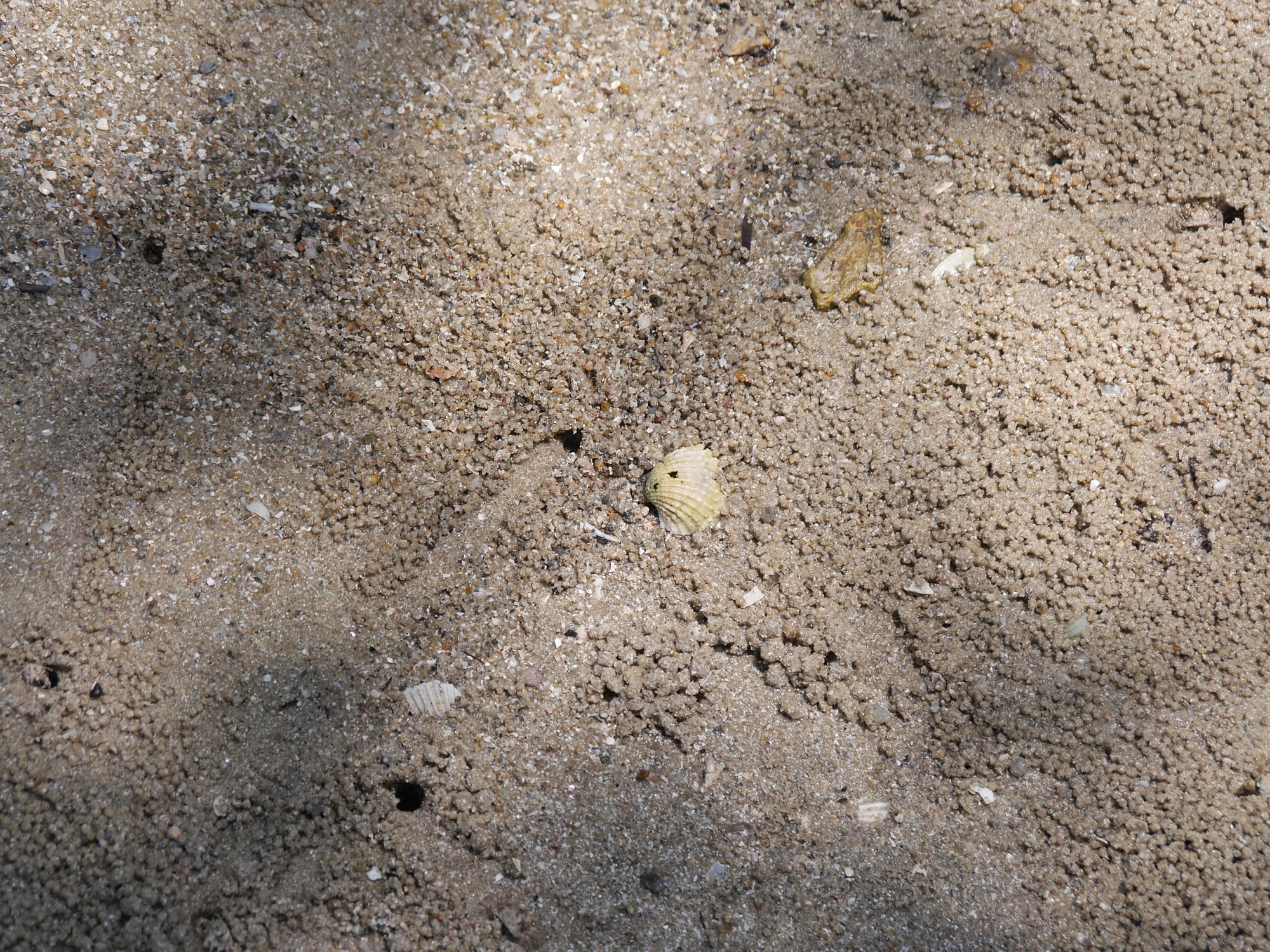
And then you see things as shown in the photo below. I have no idea what made these marks.
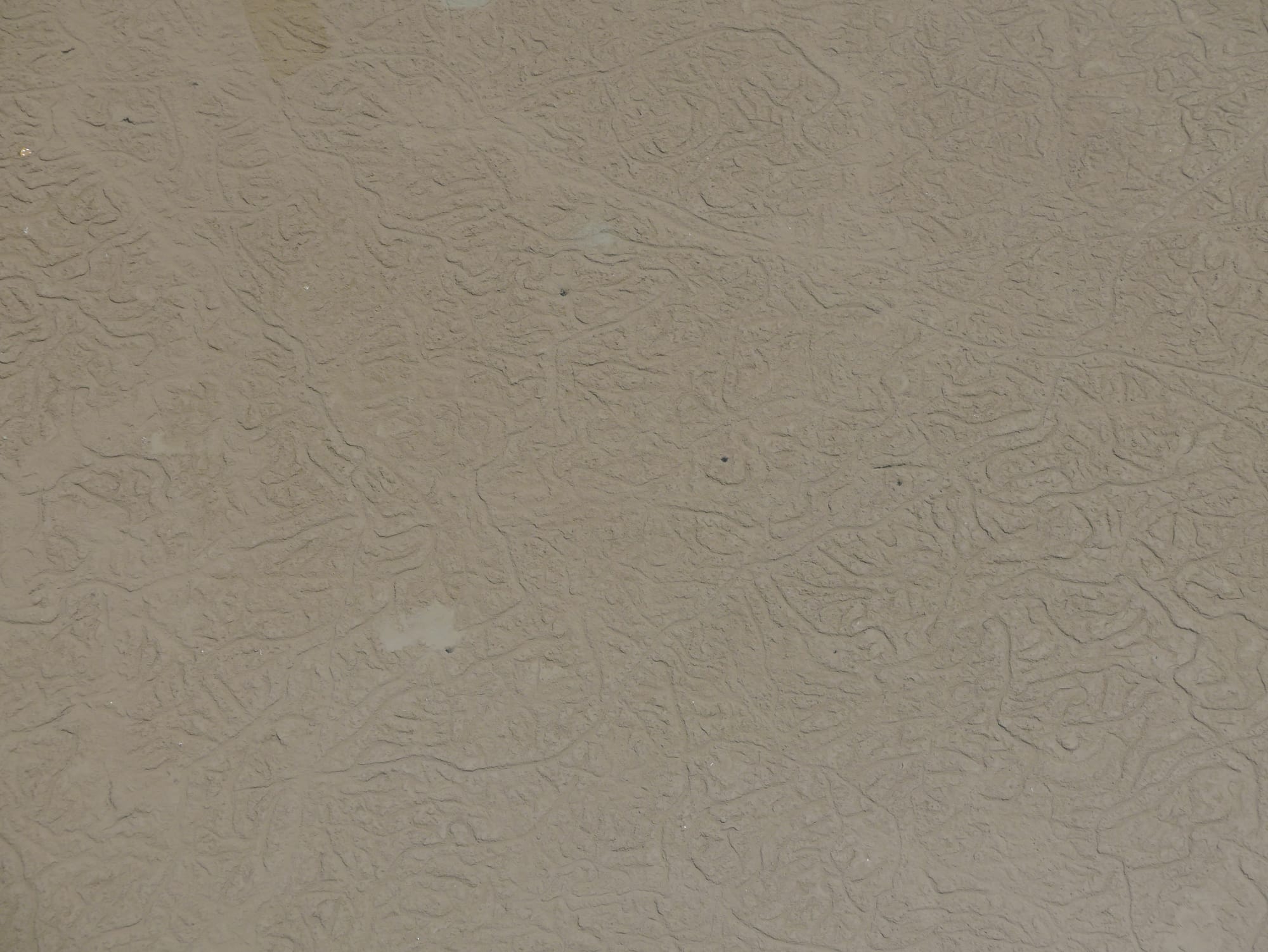
Fidler crabs — beautiful colours and one ridiculously oversized claw.
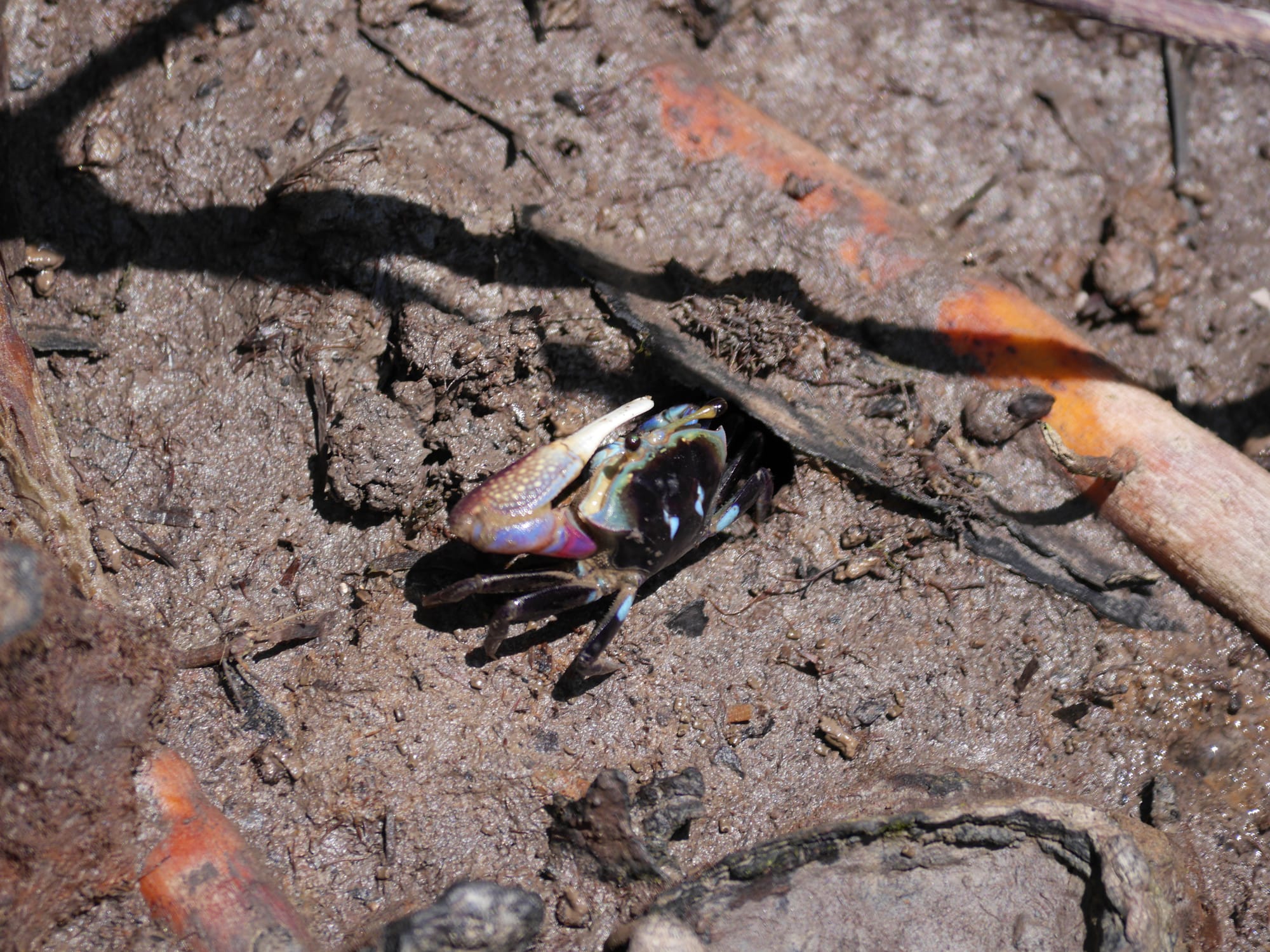
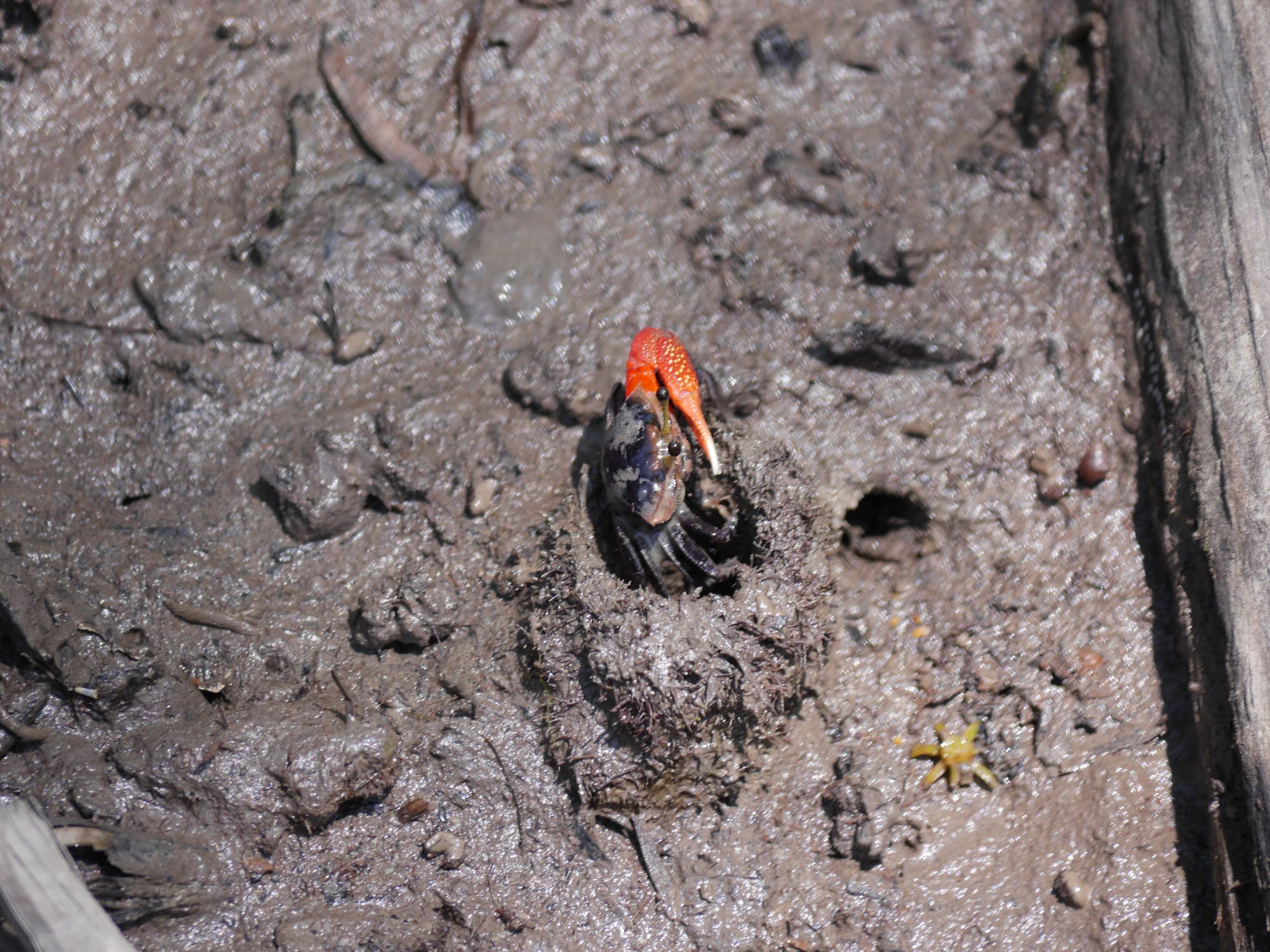
The park also has Tree Climbing Crabs (Episesarma spp).
The photograph below is, I believe, of a Tree Climbing Crab, Episesarma spp. These crabs are much larger than the Fiddler Crabs and not so brightly coloured. However, they are still magnificent-looking creatures.
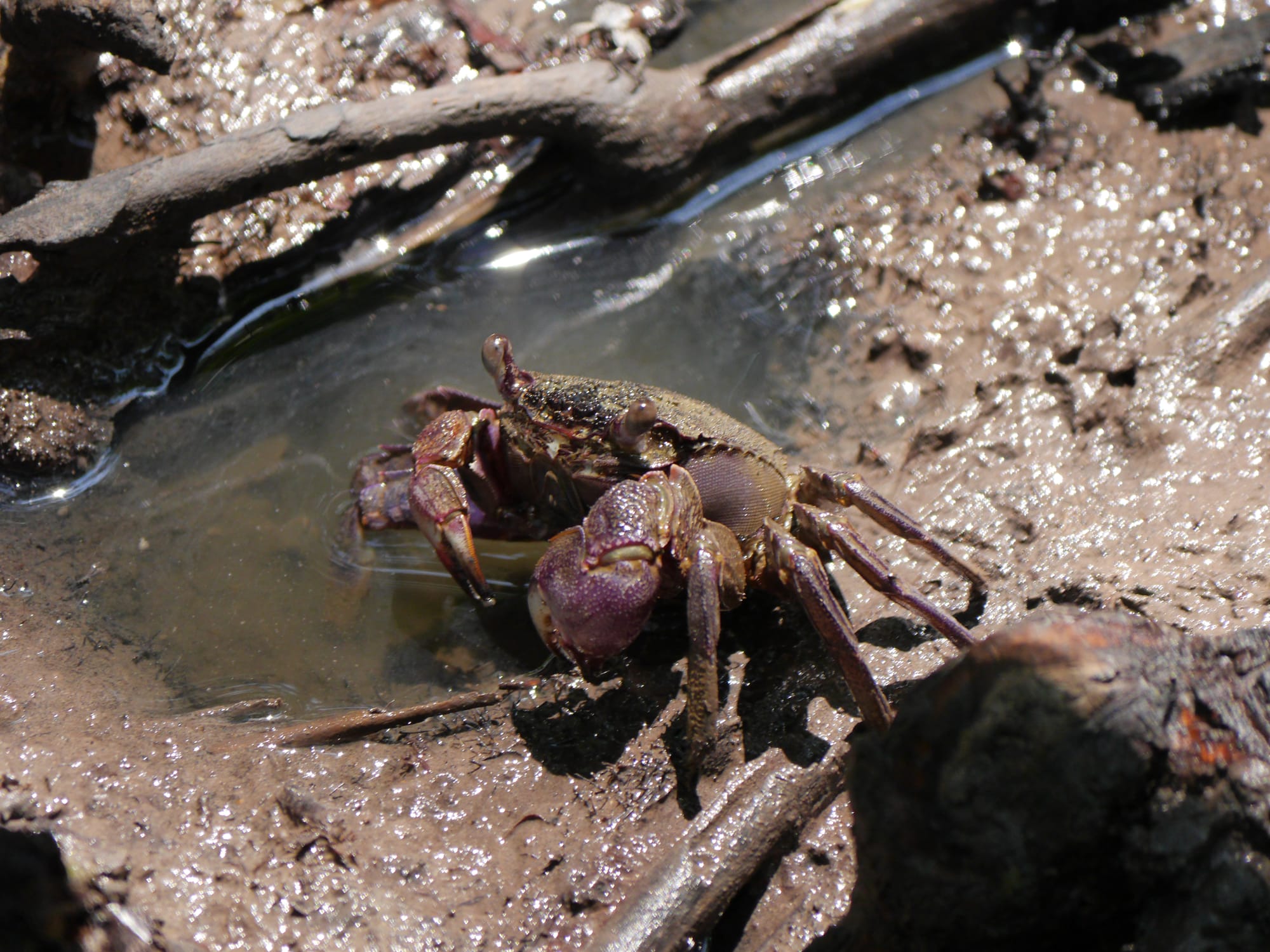
The Tree Climbing Crabs (Episesarma spp) photographed below also show one of the significant problems in the mangrove swamps — plastic washed in from the sea.
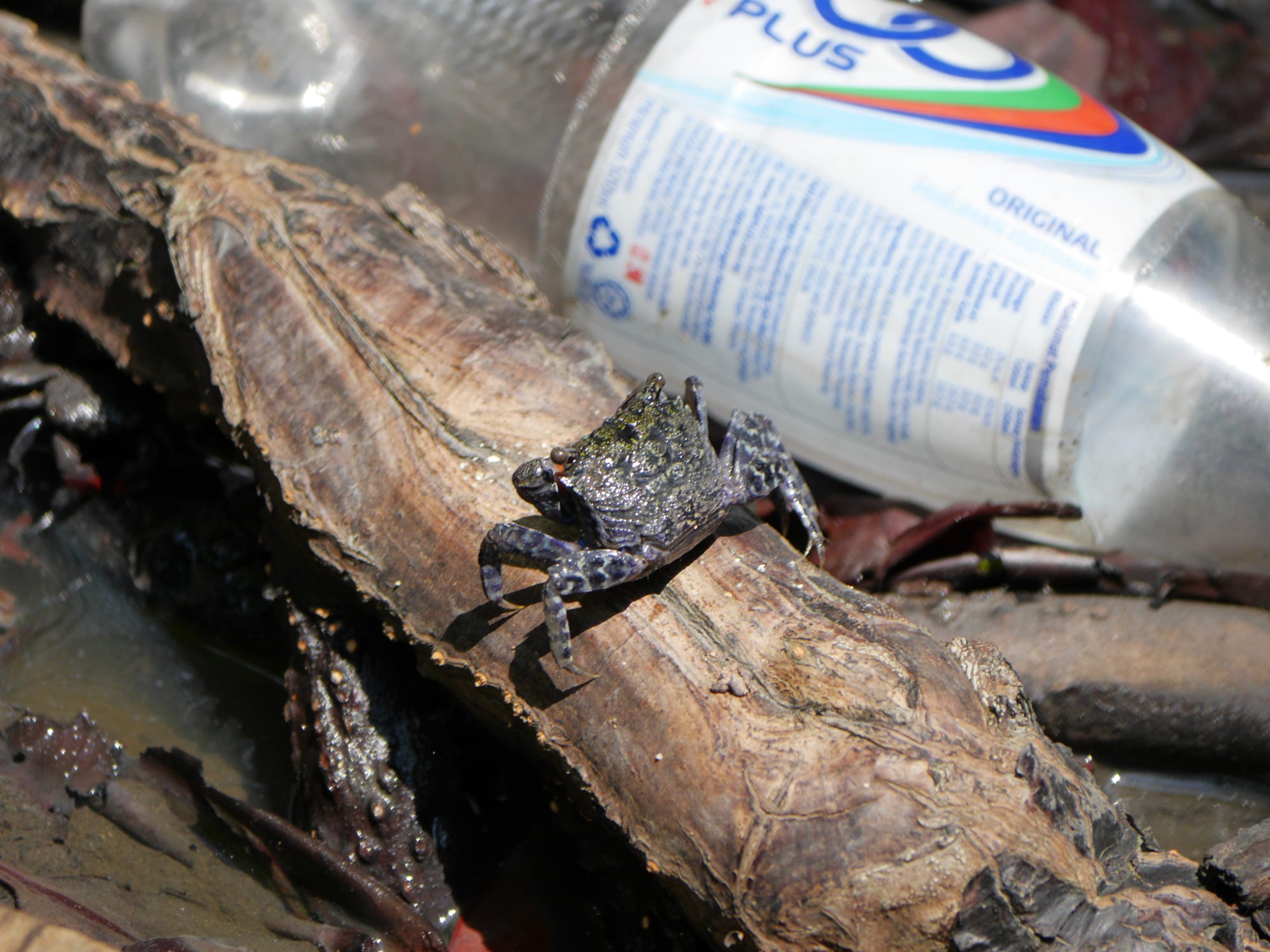
Below is a Berongan (Telescopium telescopium), which is so called because it looks like a telescope. The Berongan is edible. I liked this particular Berongan as the shell was clean and ideally positioned in the sun so that the beautiful structure and colours of the shell could be seen (usually, the shells are covered in mud and algae).
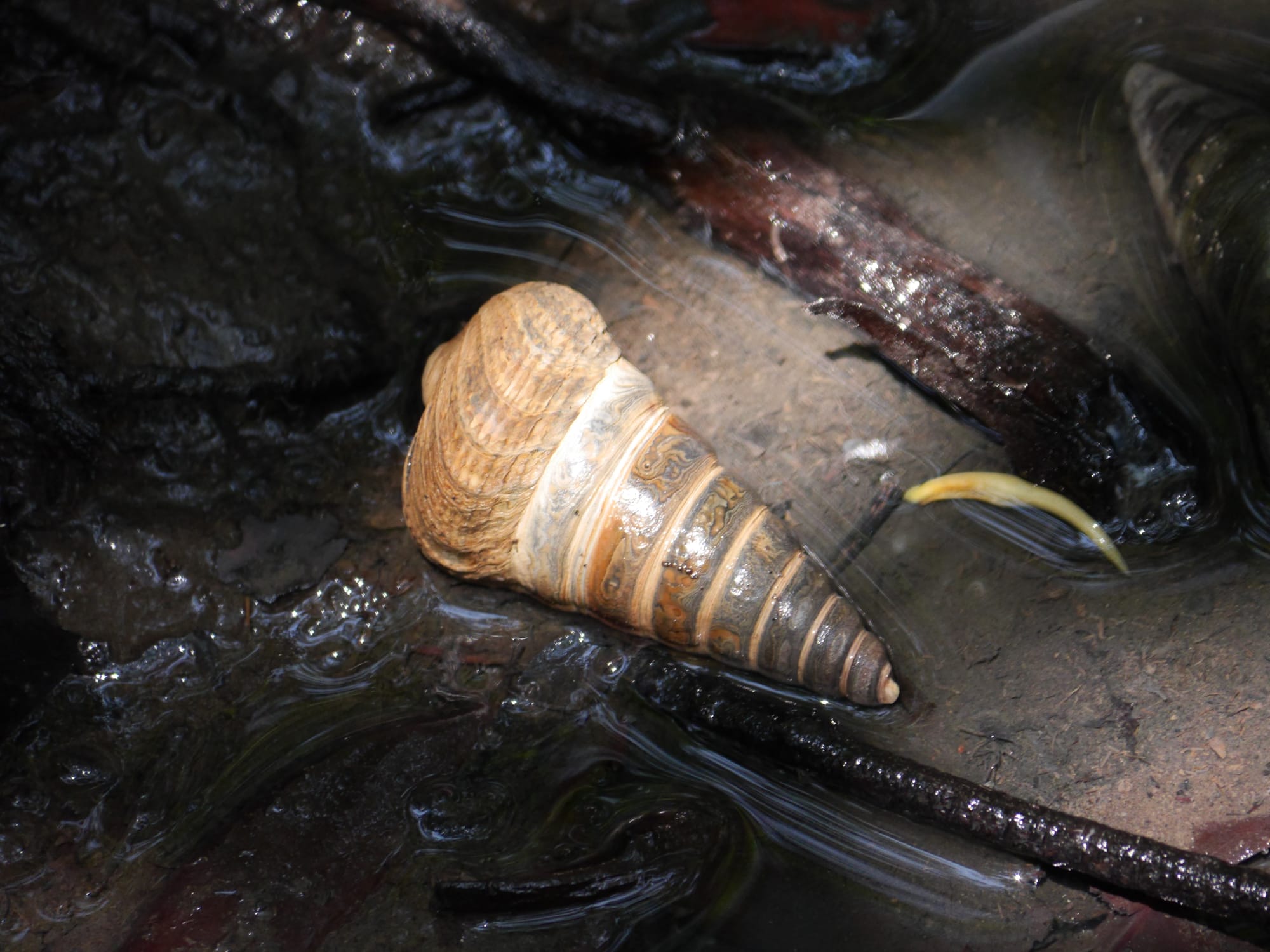
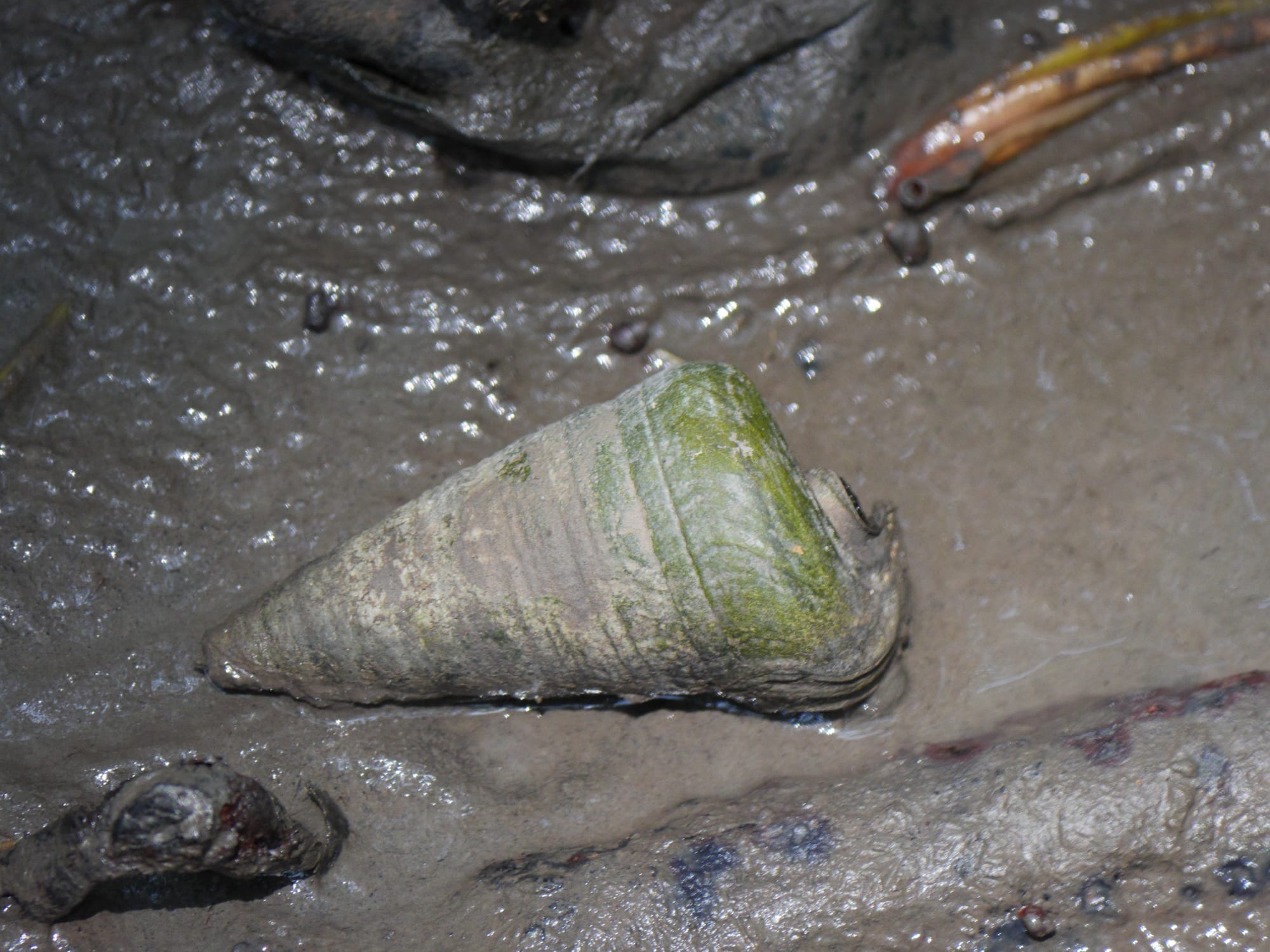
In the shallow waters, moving across the mud, or sitting in shallow circular pools, you will also see Mudskippers (Periophthalmodon spp).
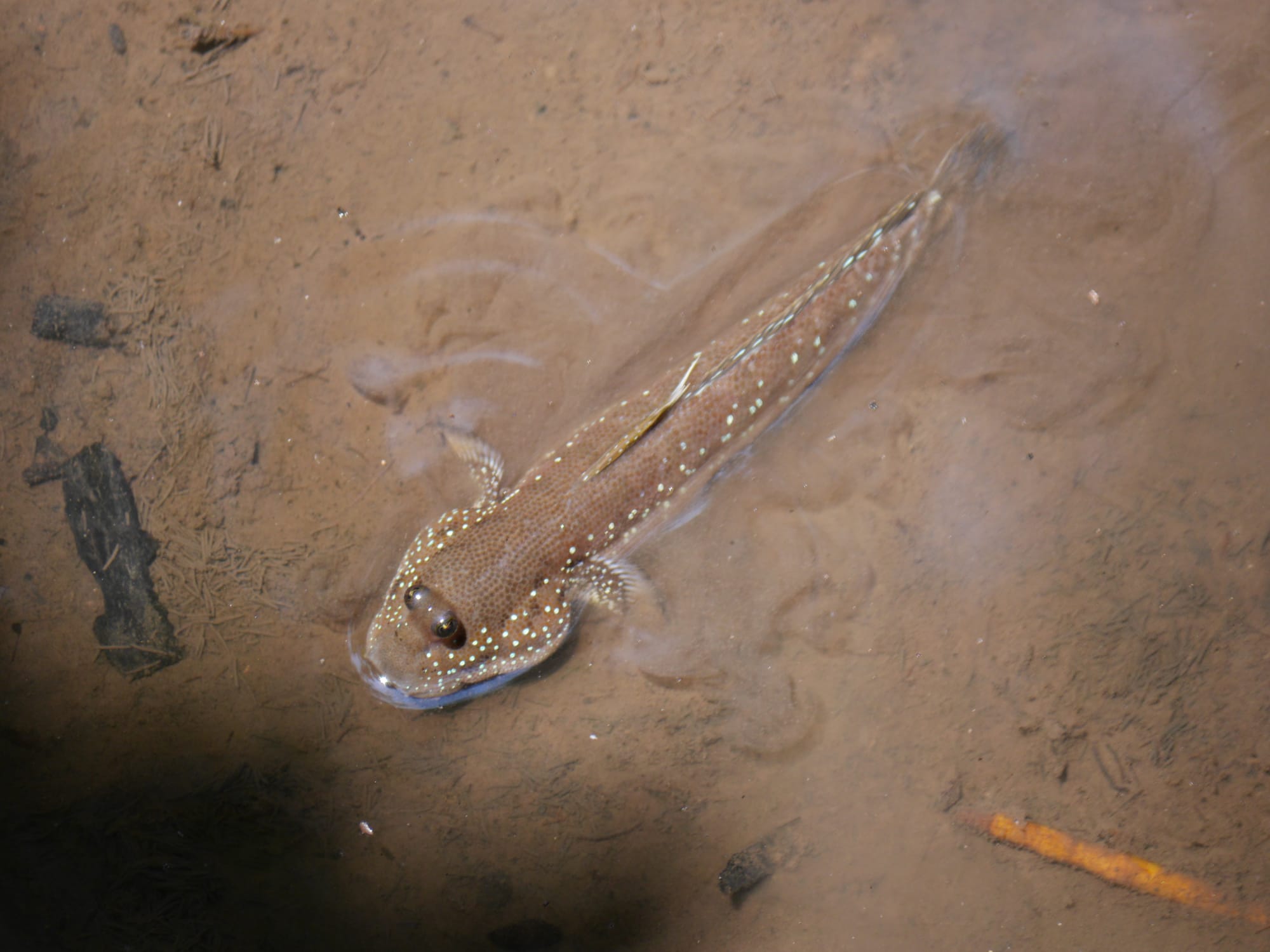
I like Mudskippers as they always make me think about the first time life hauled itself out of the sea and onto dry land.
Tanjung Piai National Park is a great place to visit for wildlife.
I visited Tanjung Piai National Park many times and saw something new on each visit.
On some visits, I saw monkeys, and on two occasions, I saw the rare Dusky leaf monkey (Trachypithecus obscurus).
Oddly, I rarely saw any birds, they were around as I could hear them, but I never got a good look.
